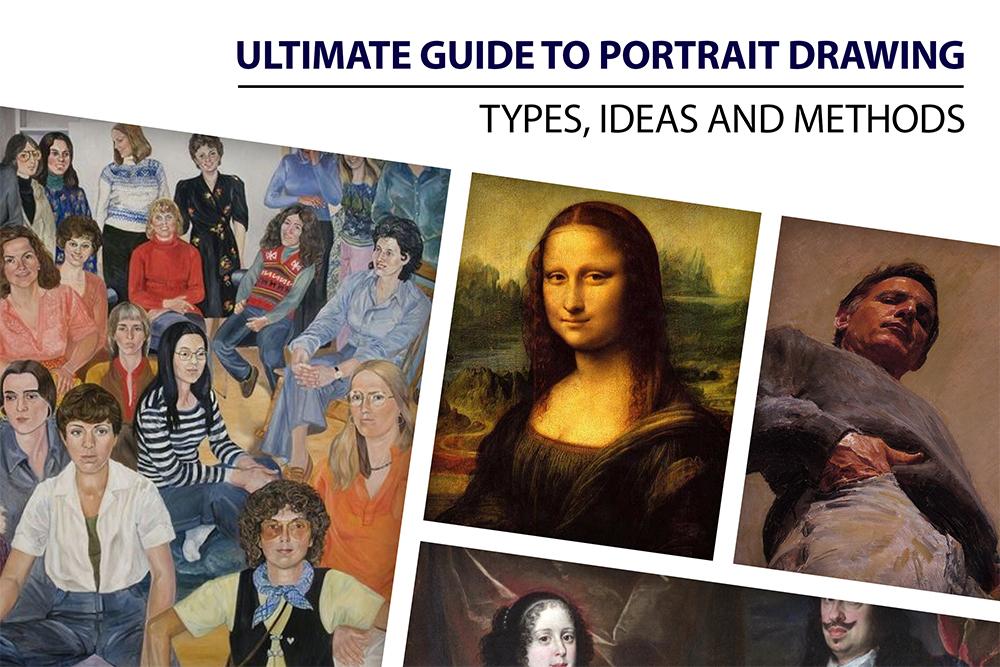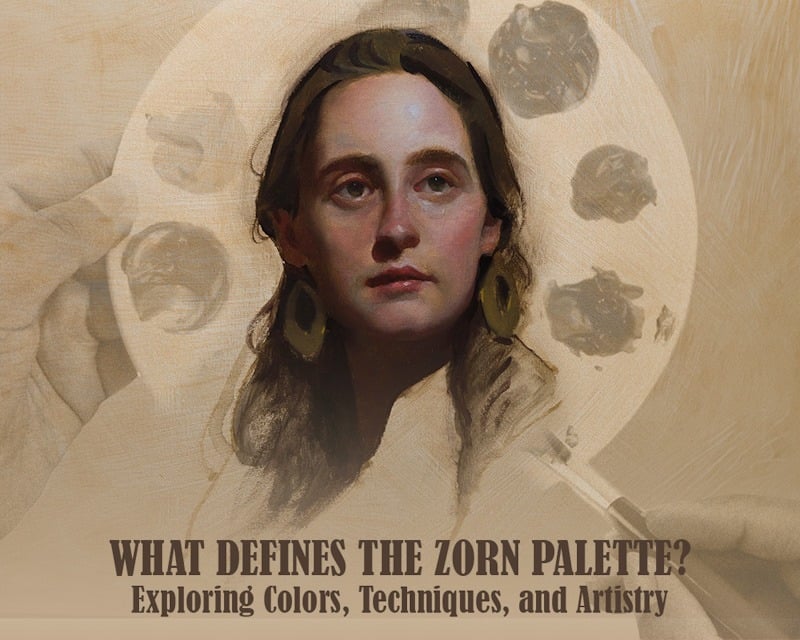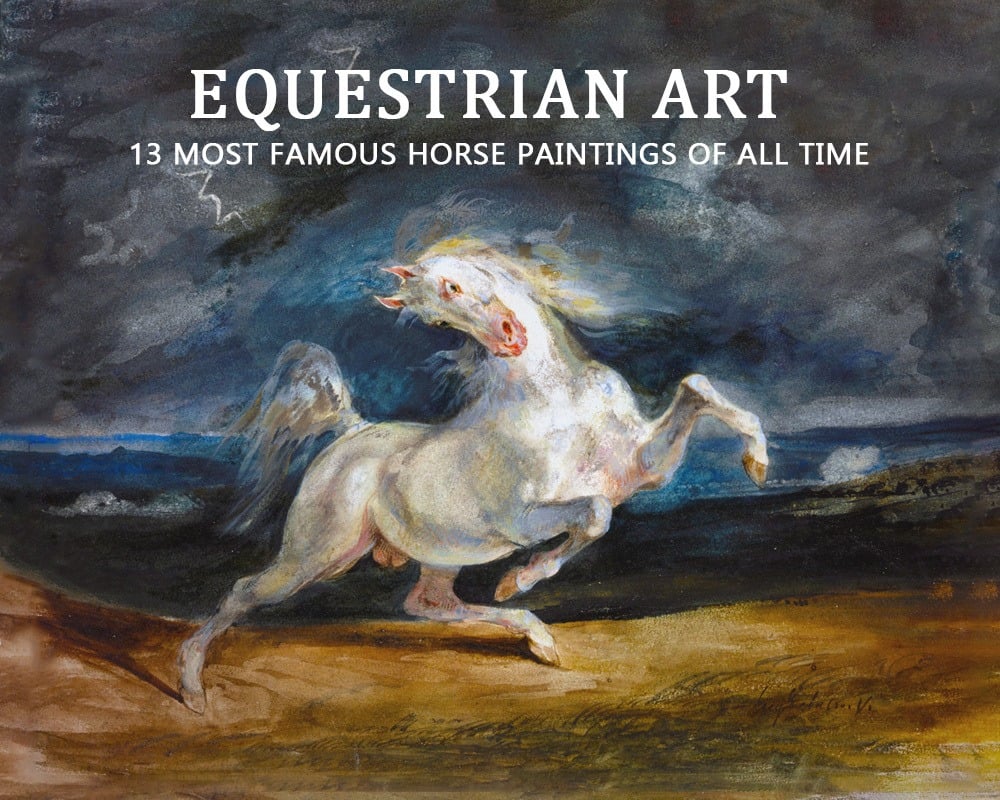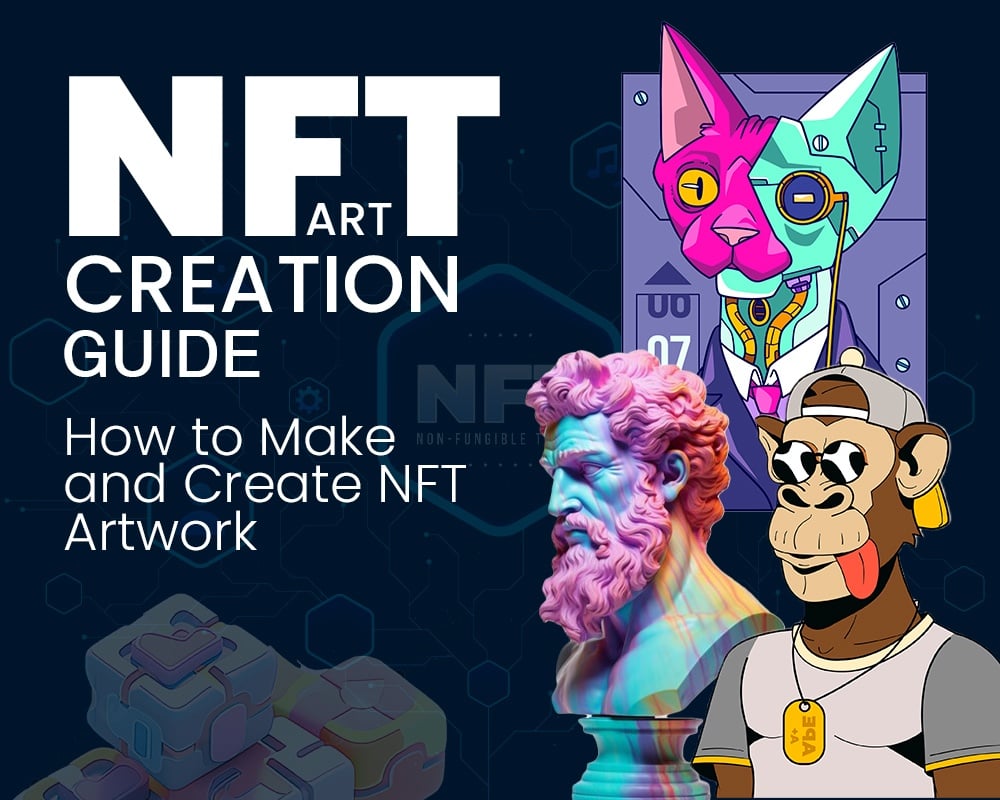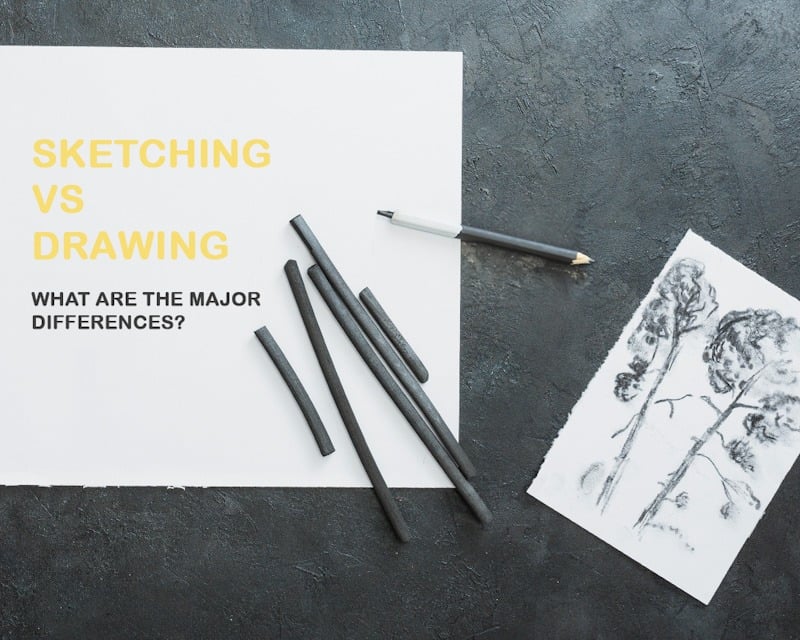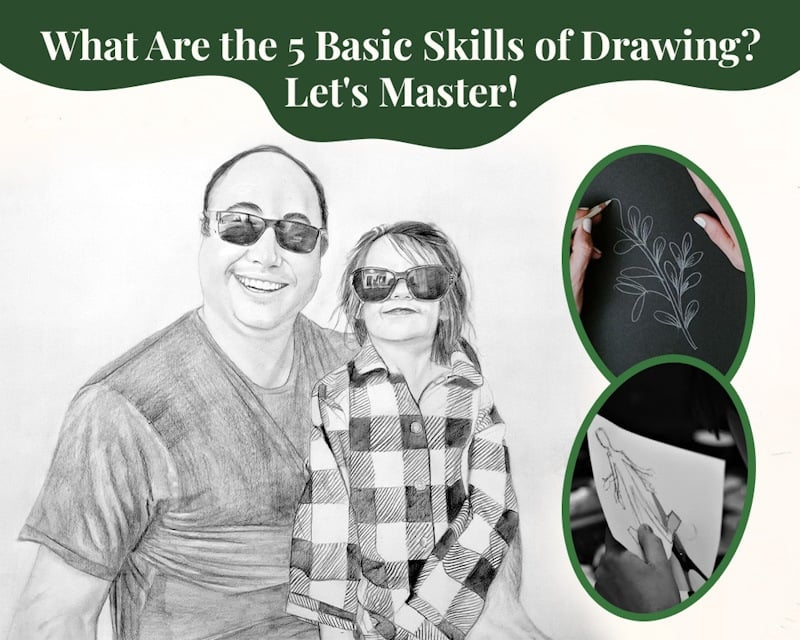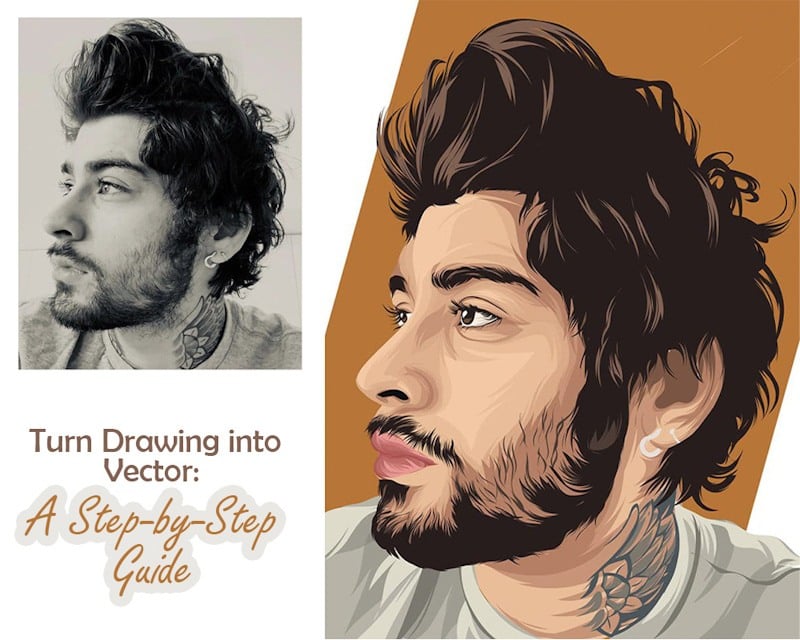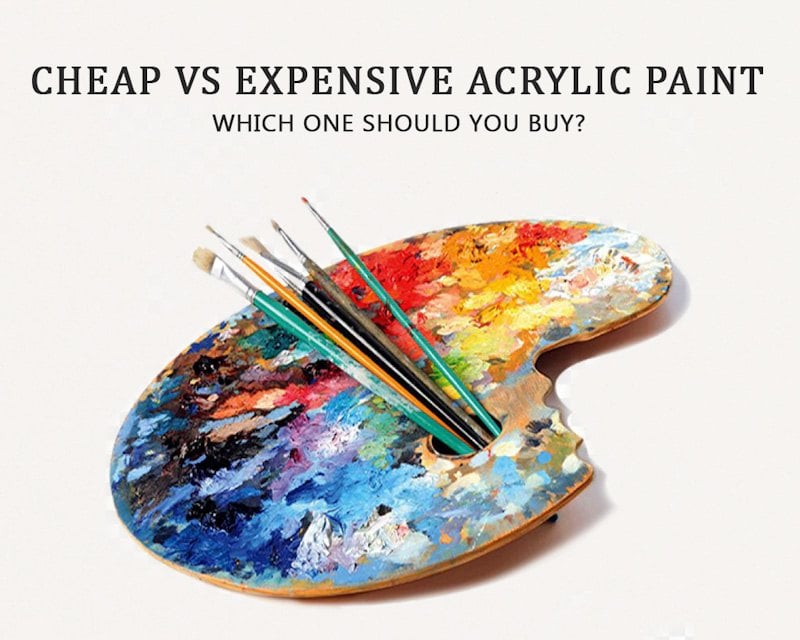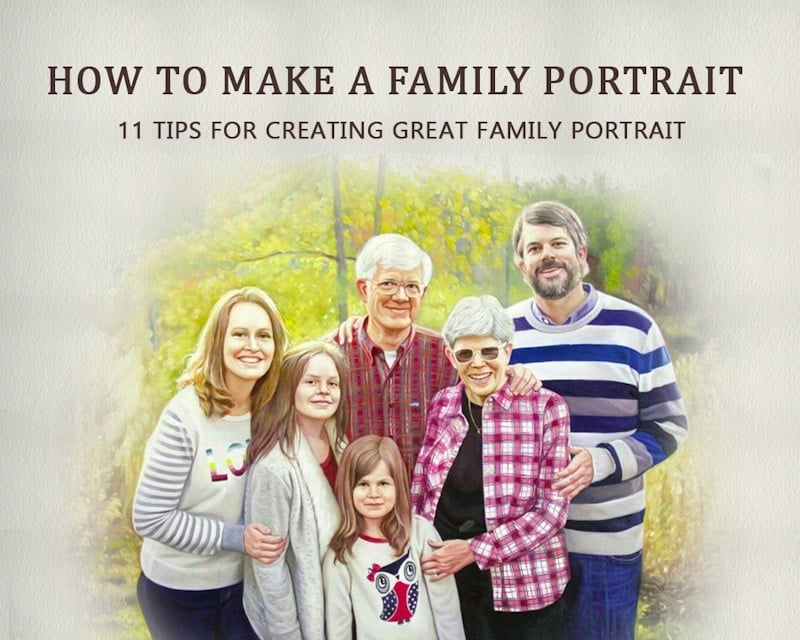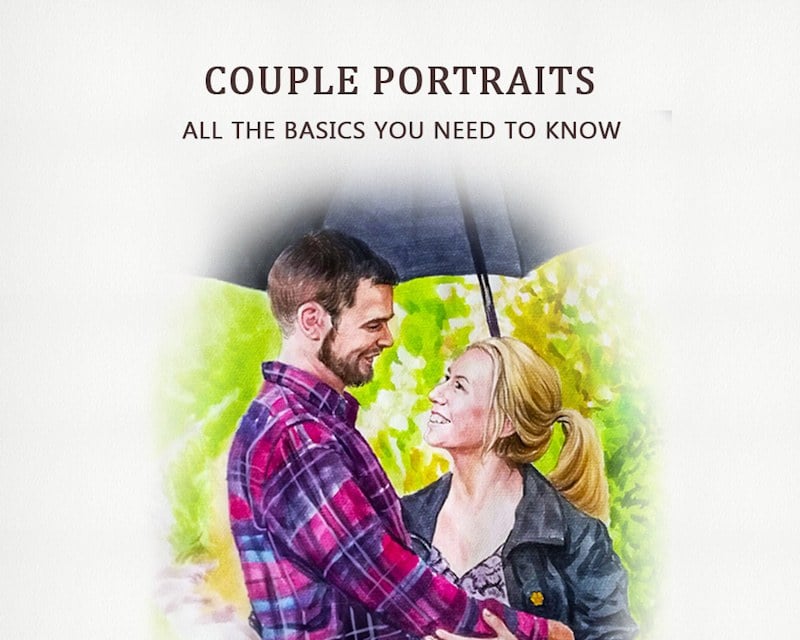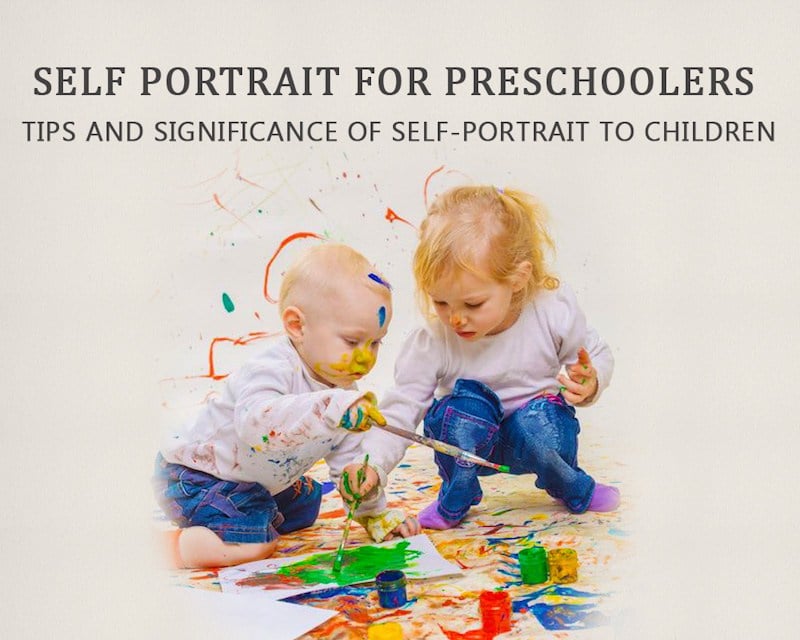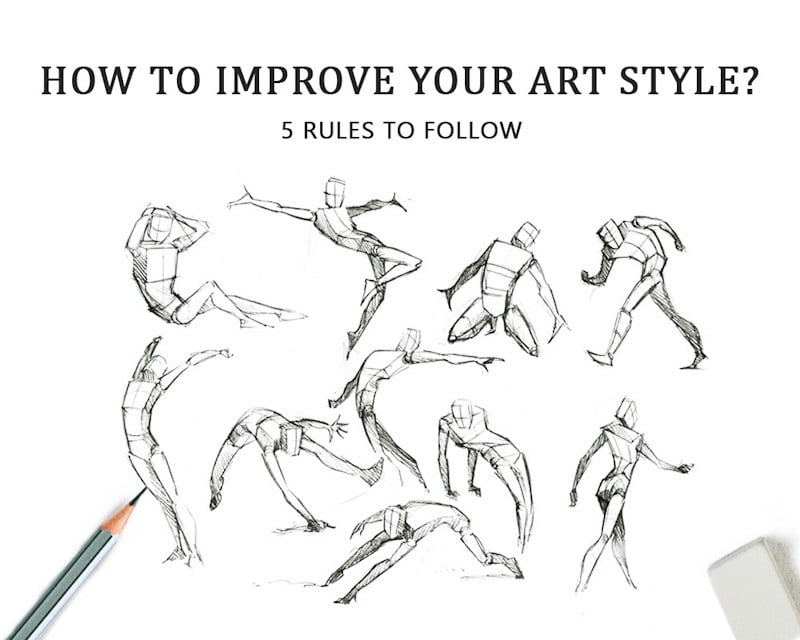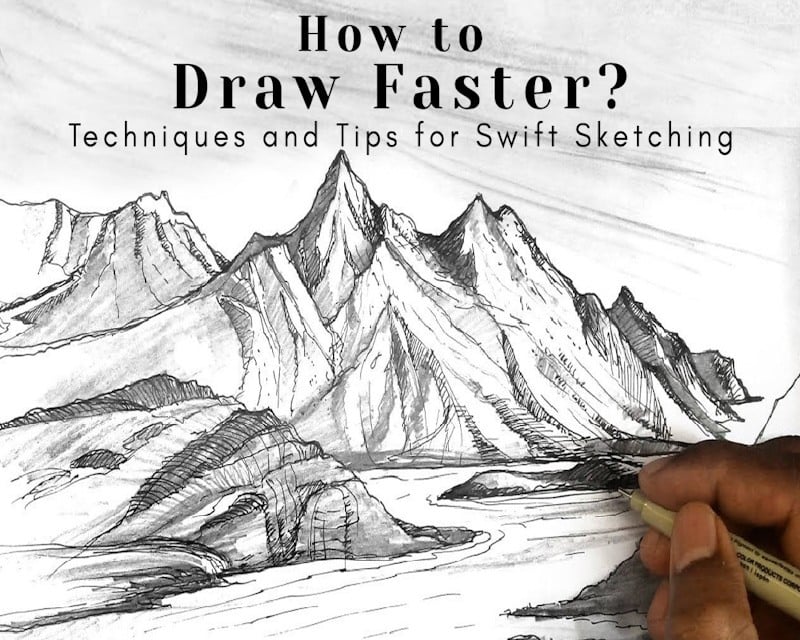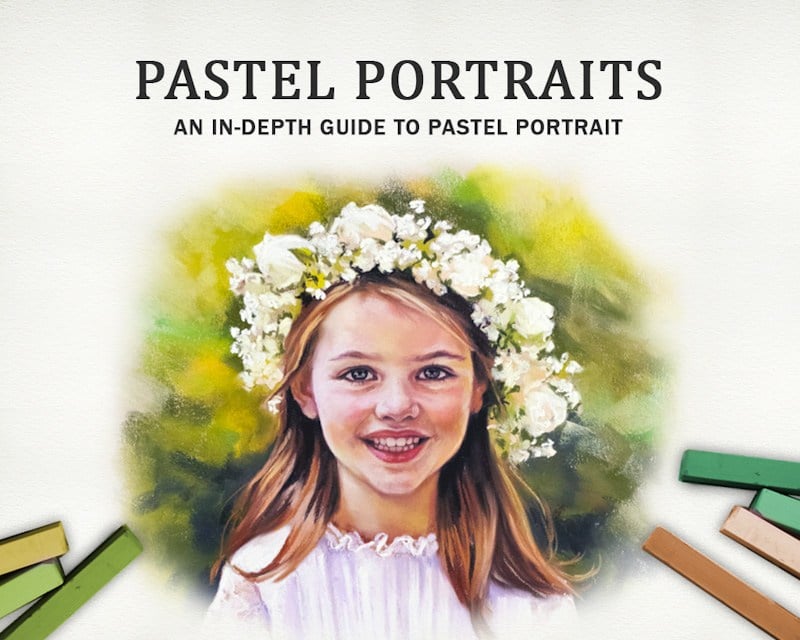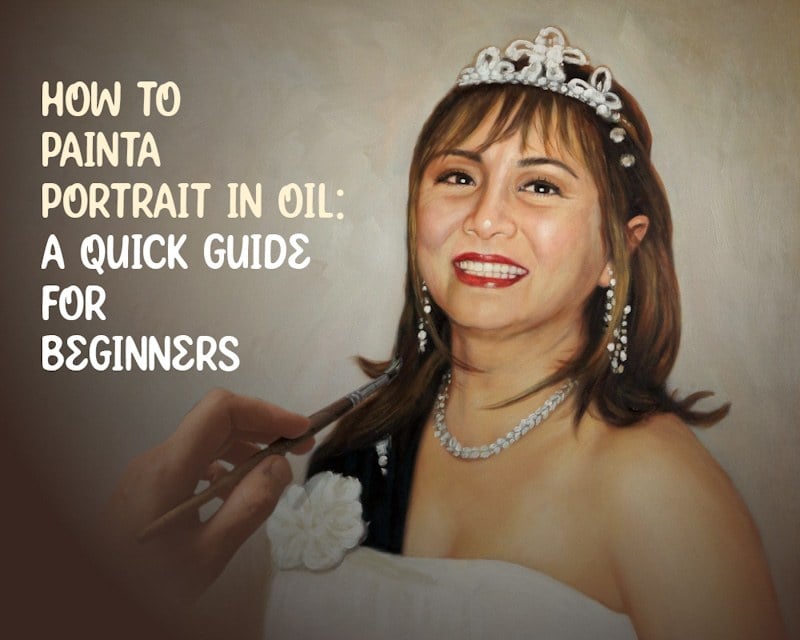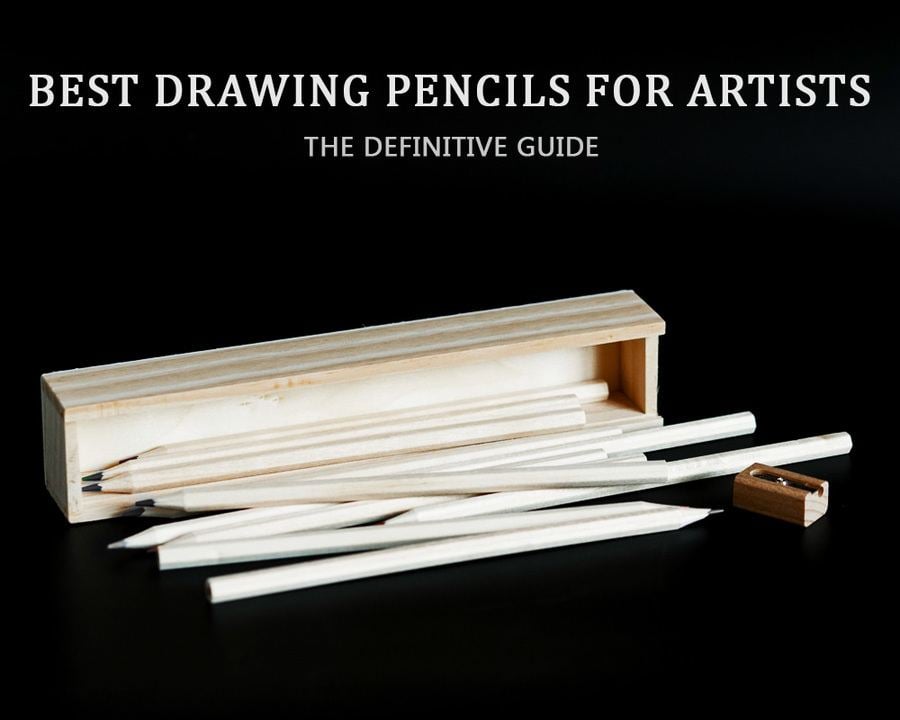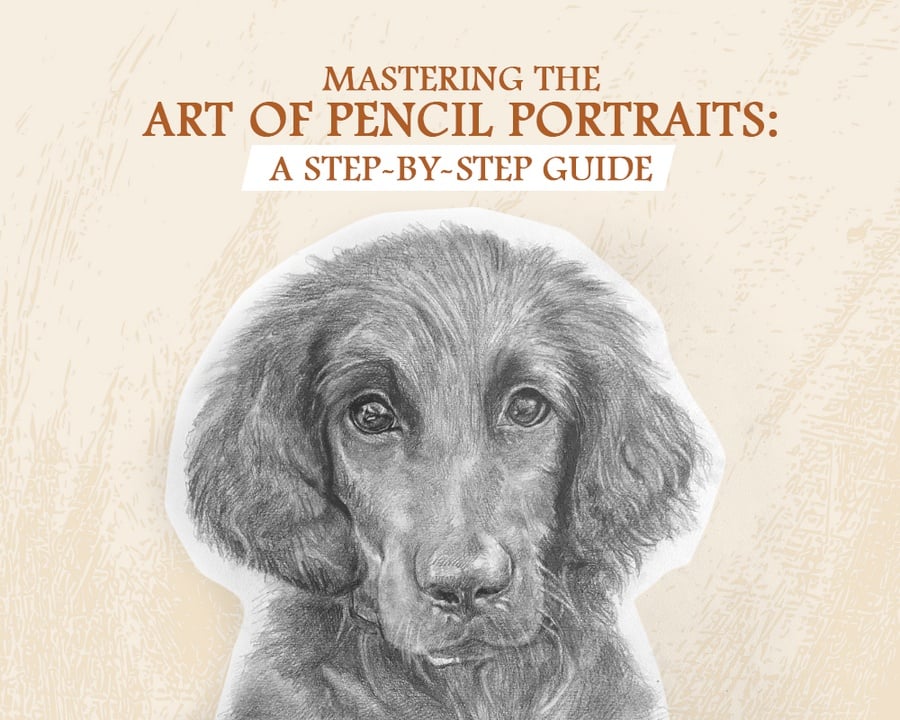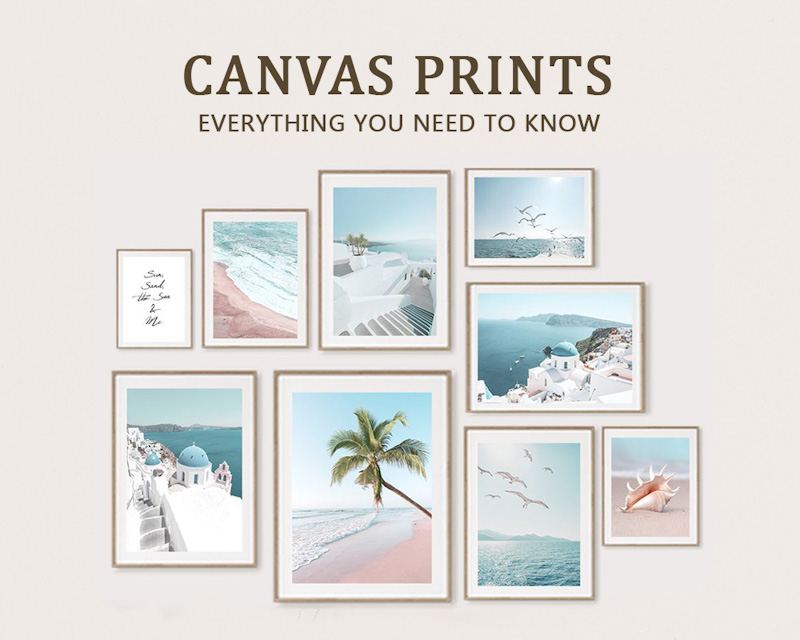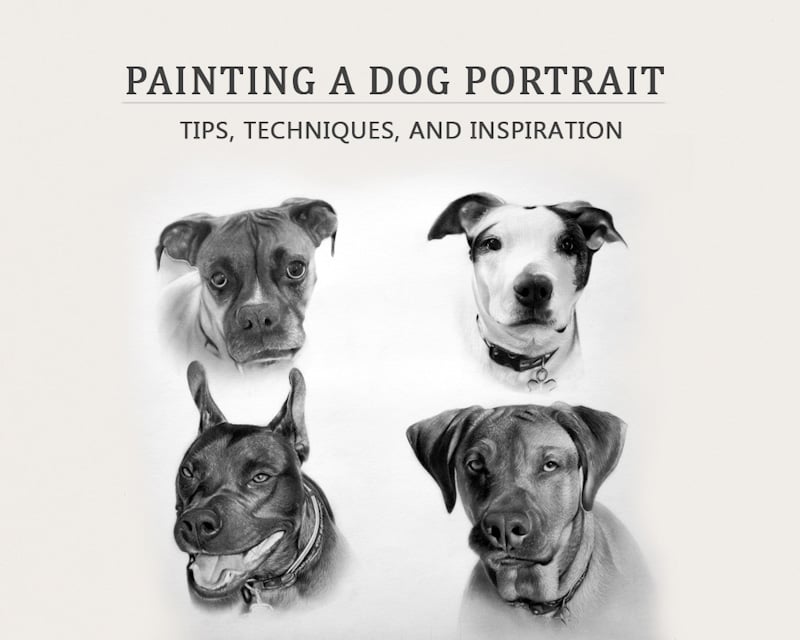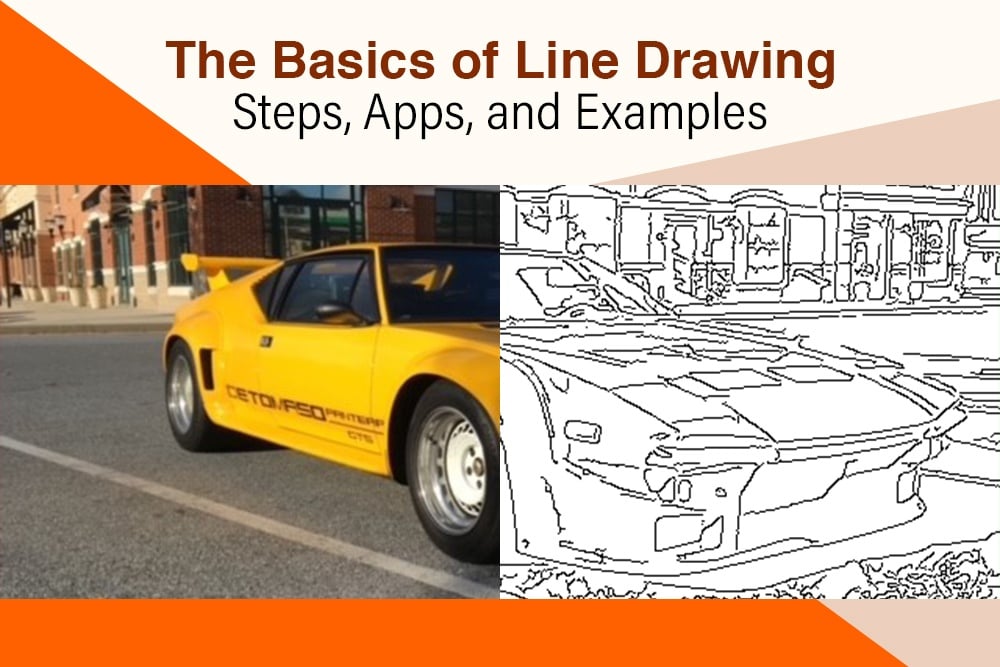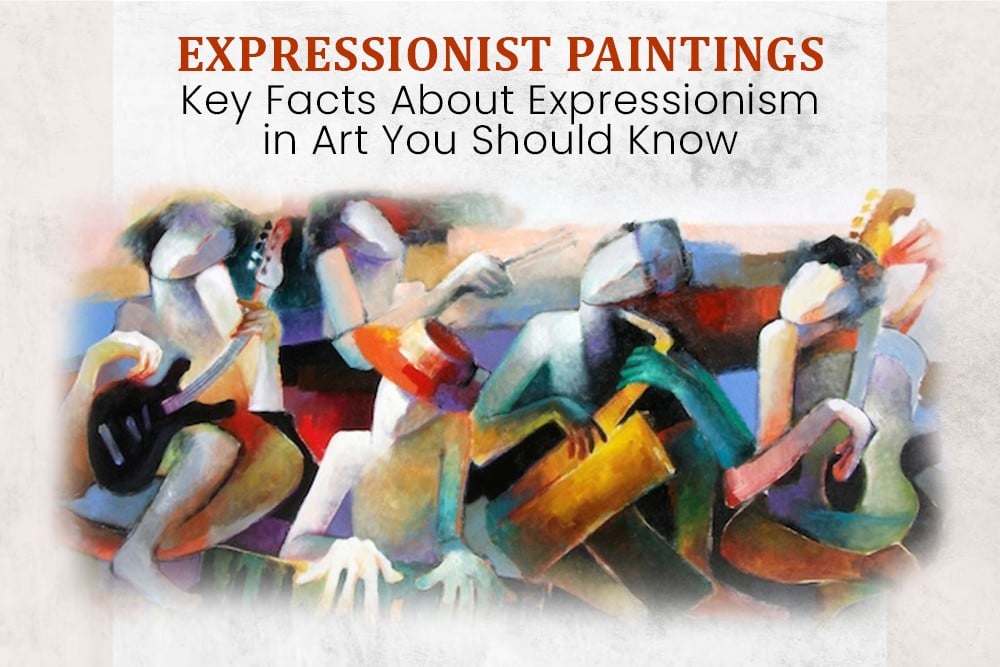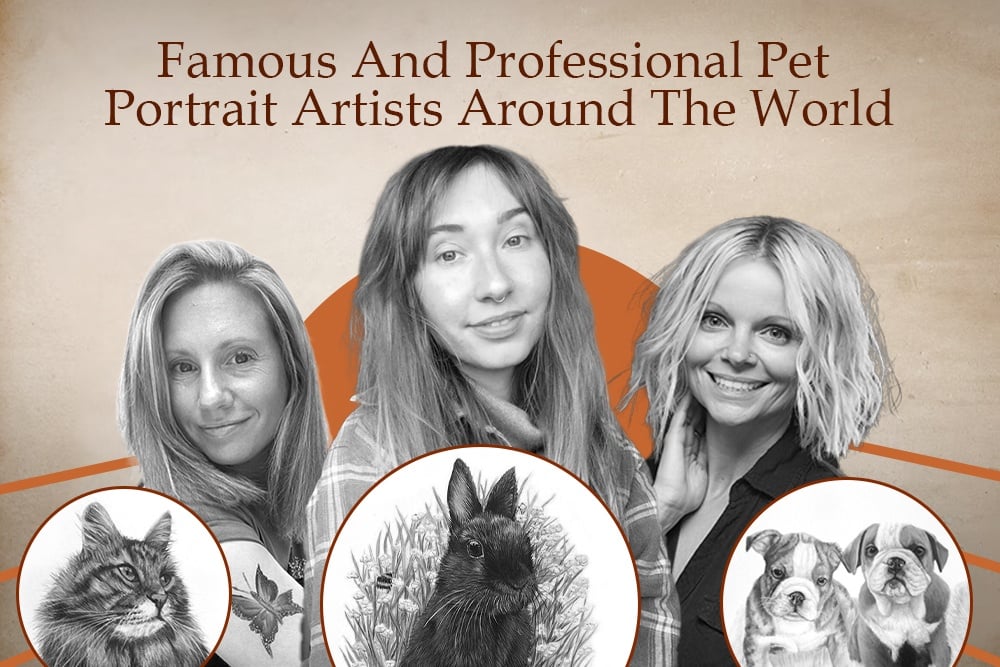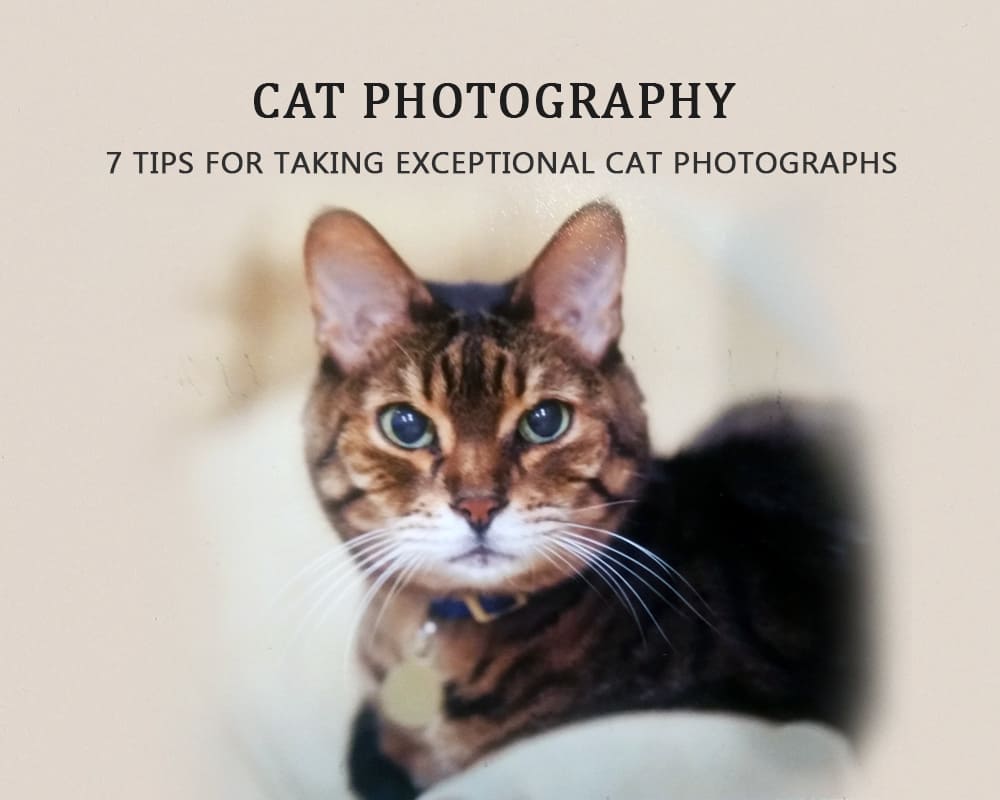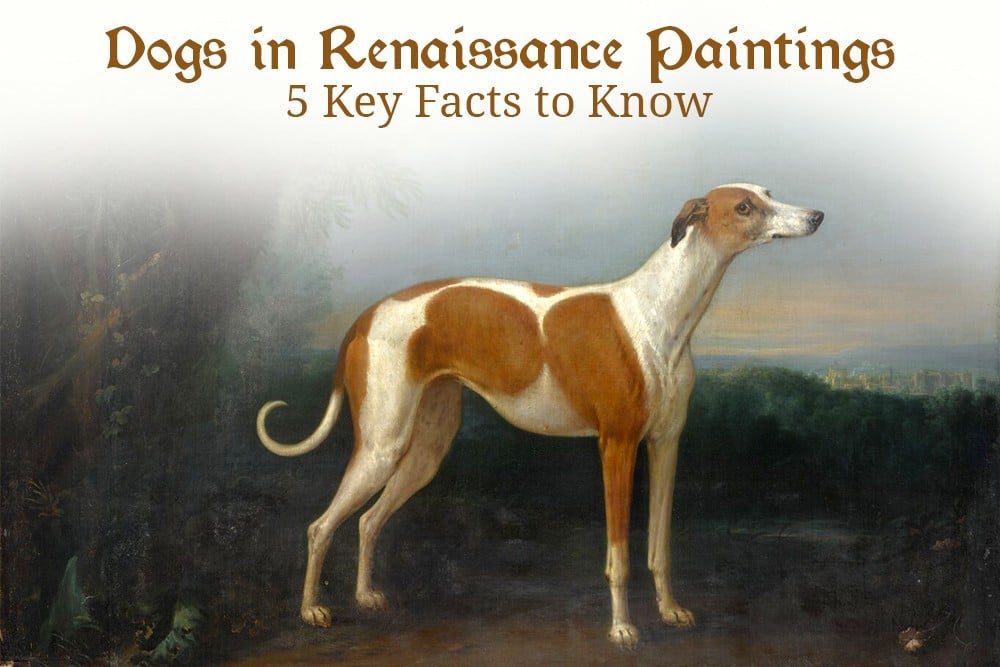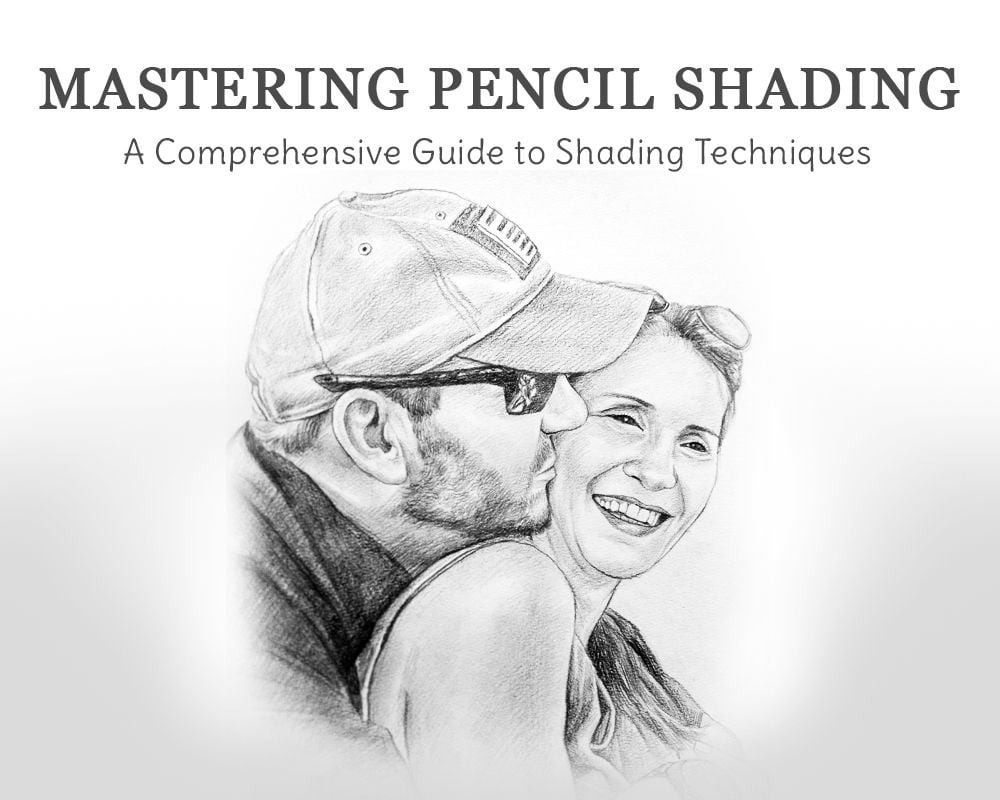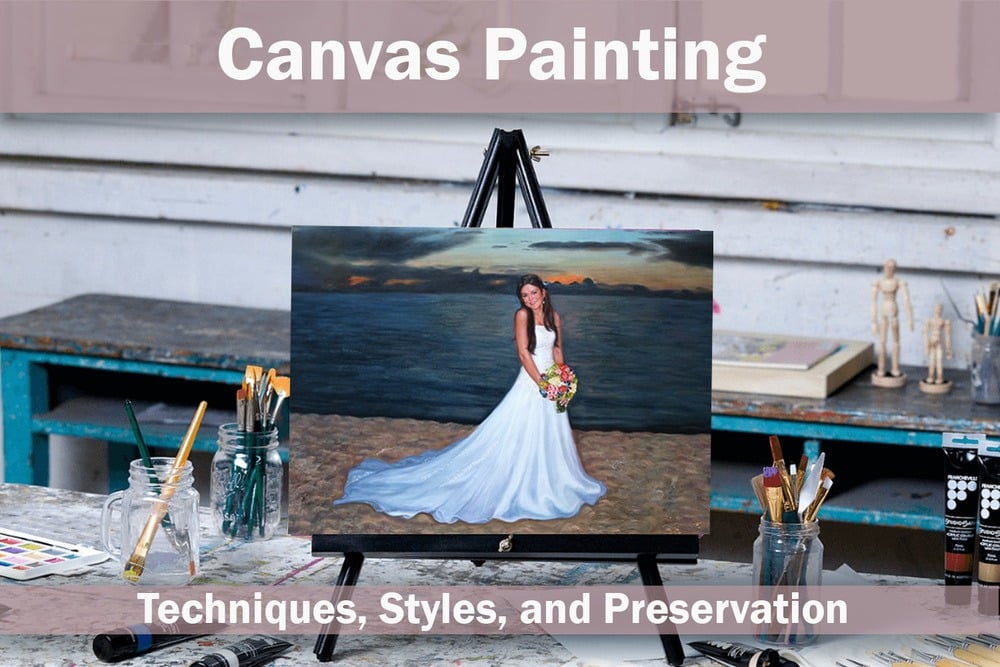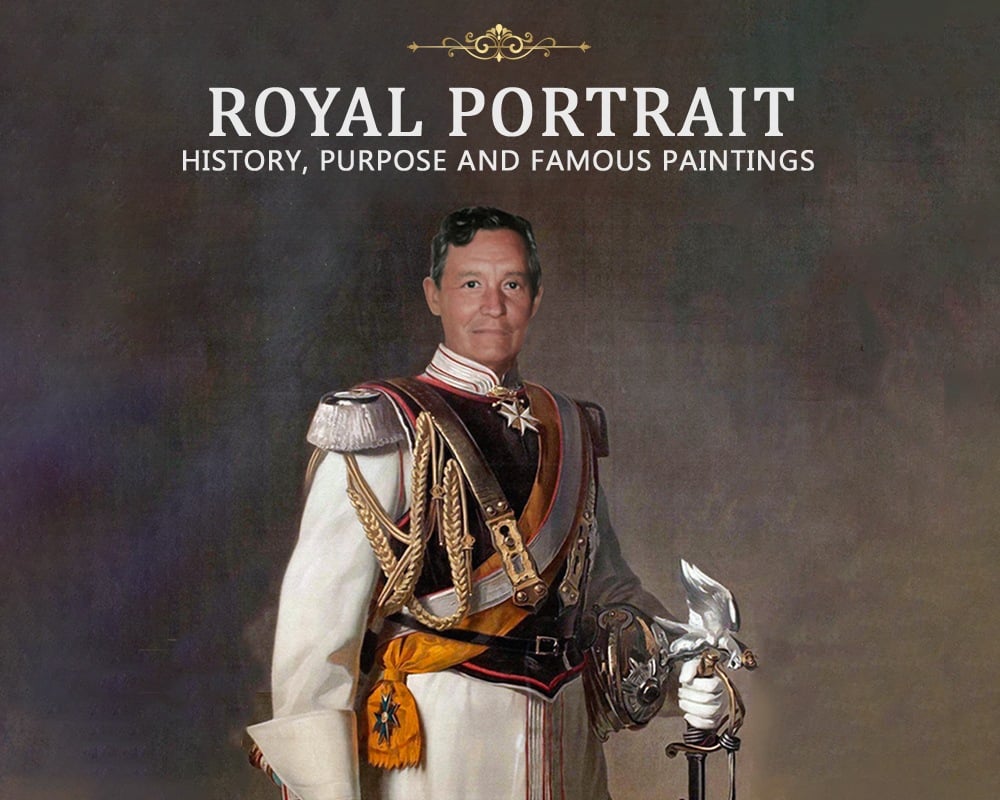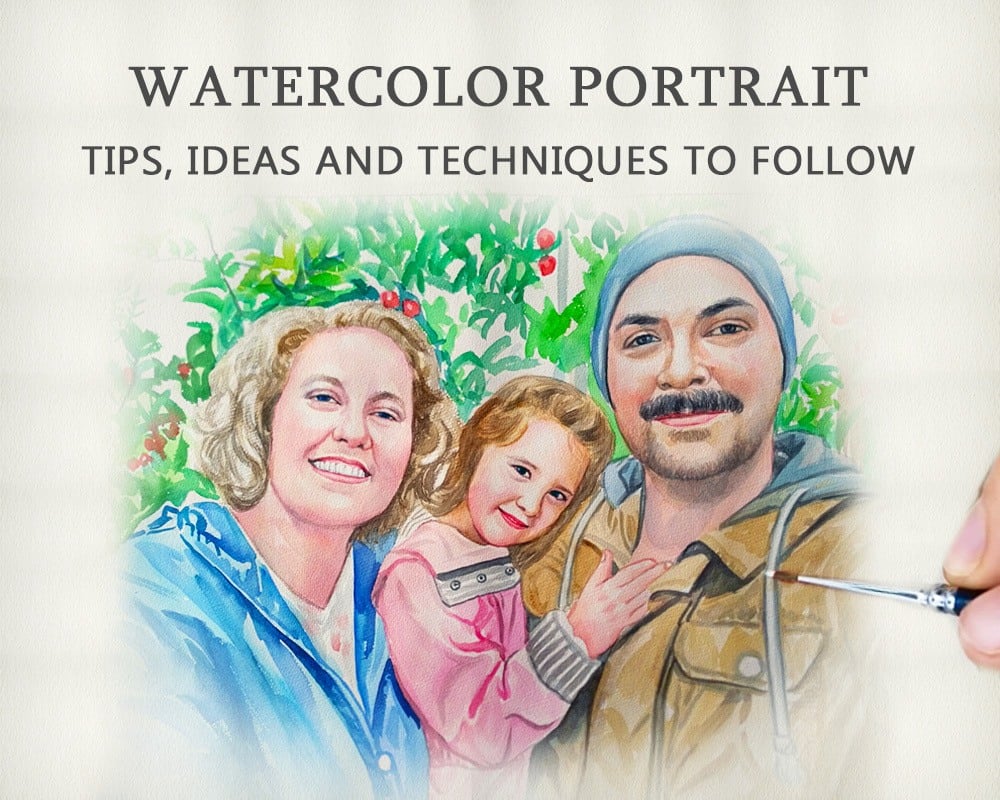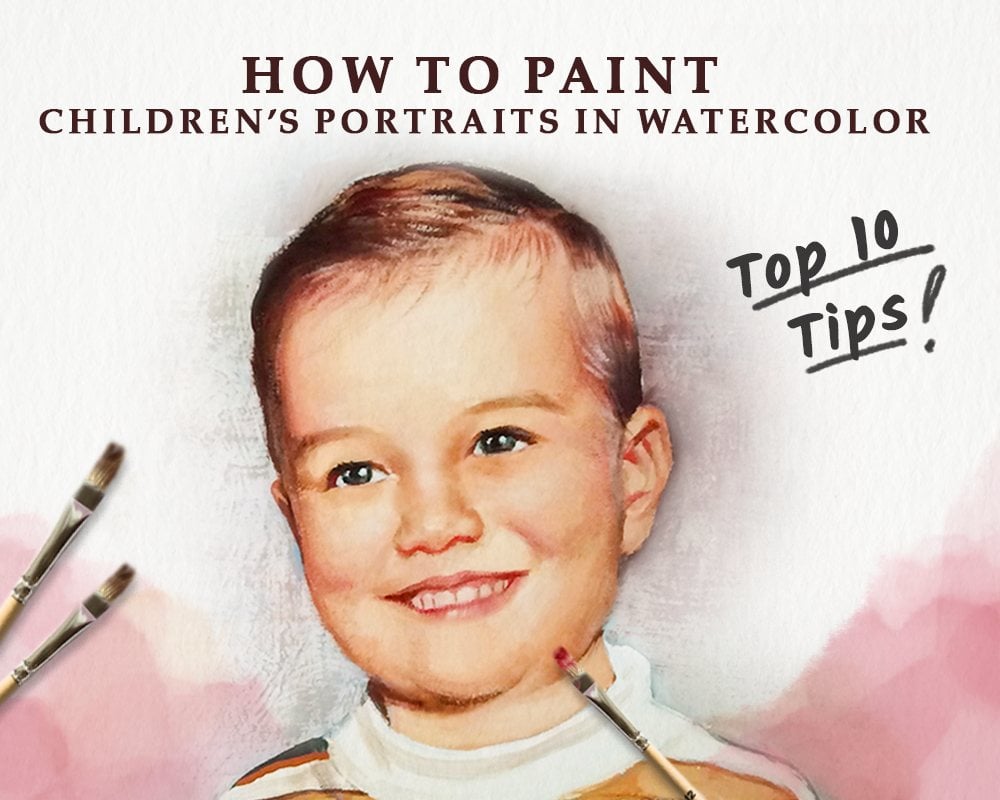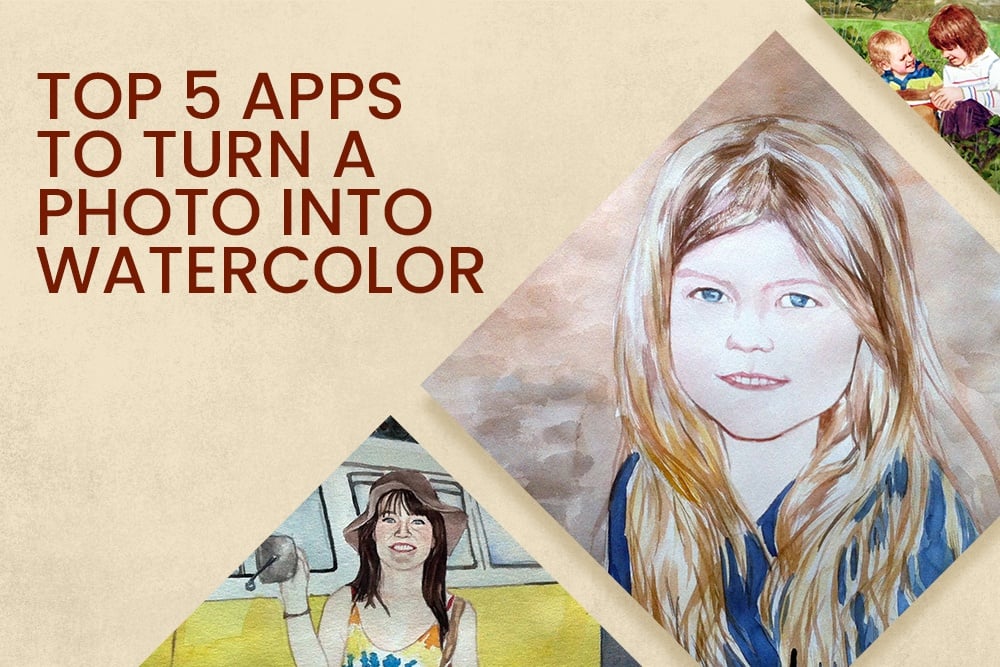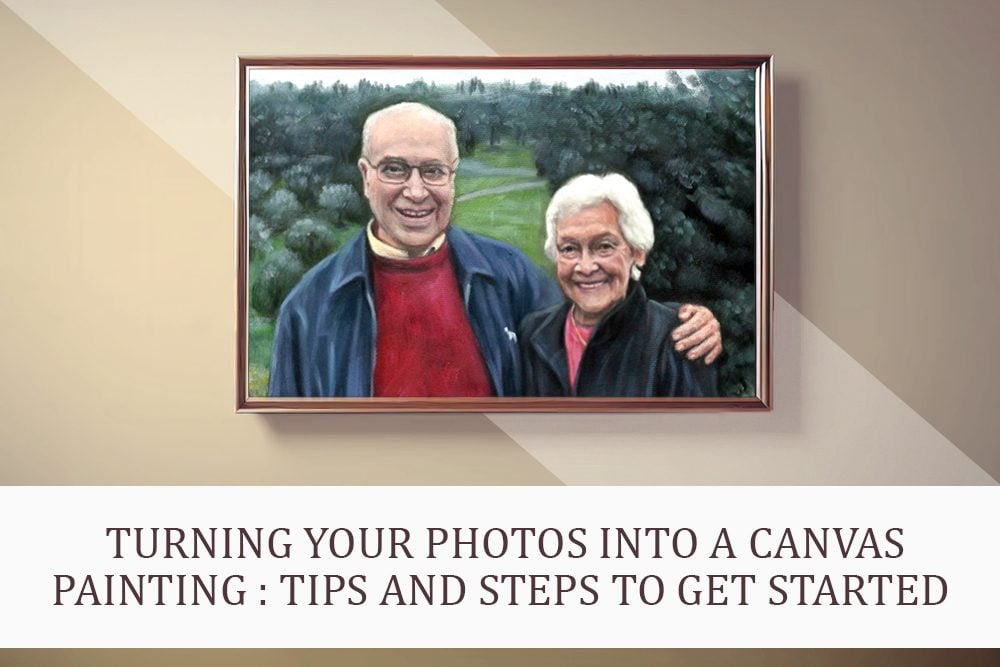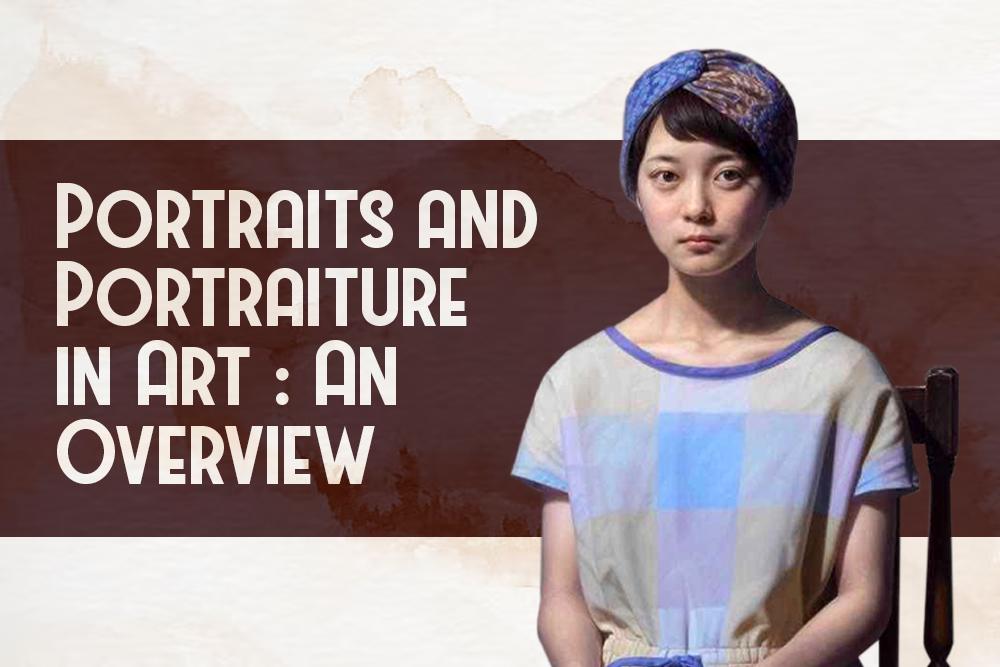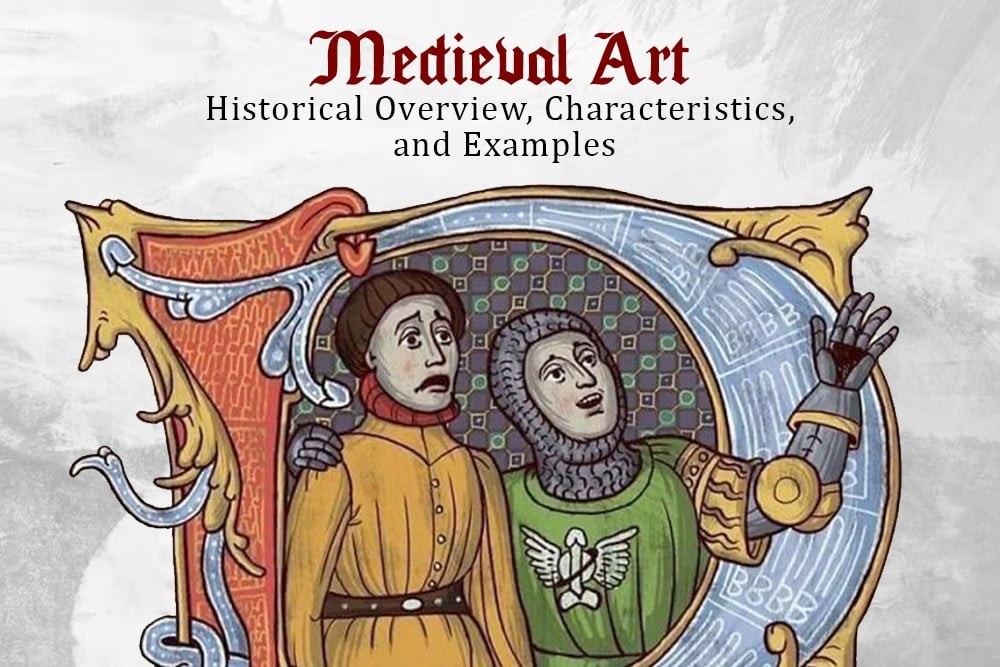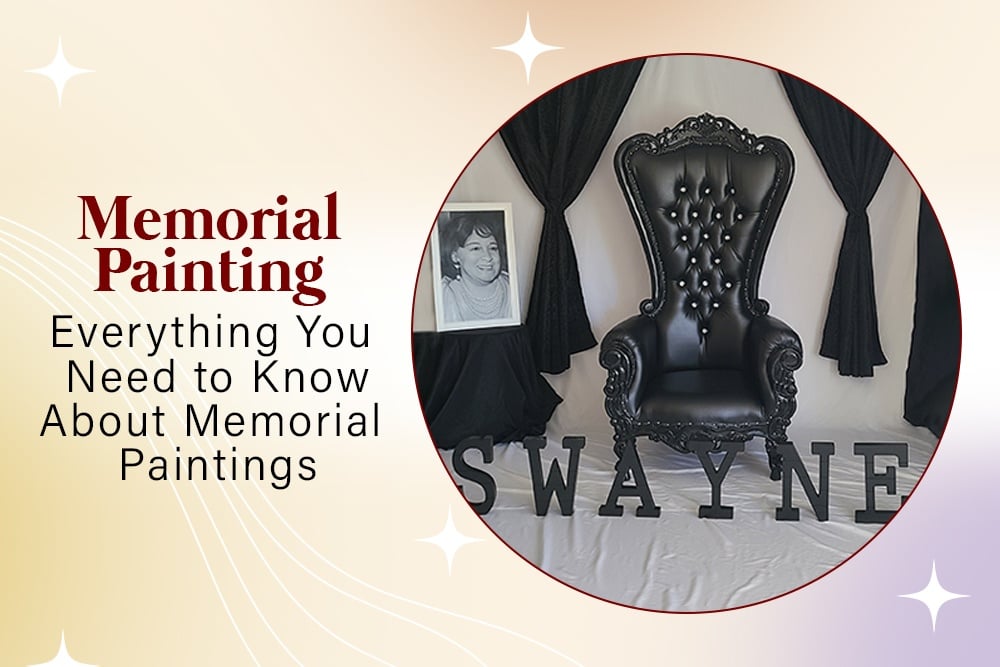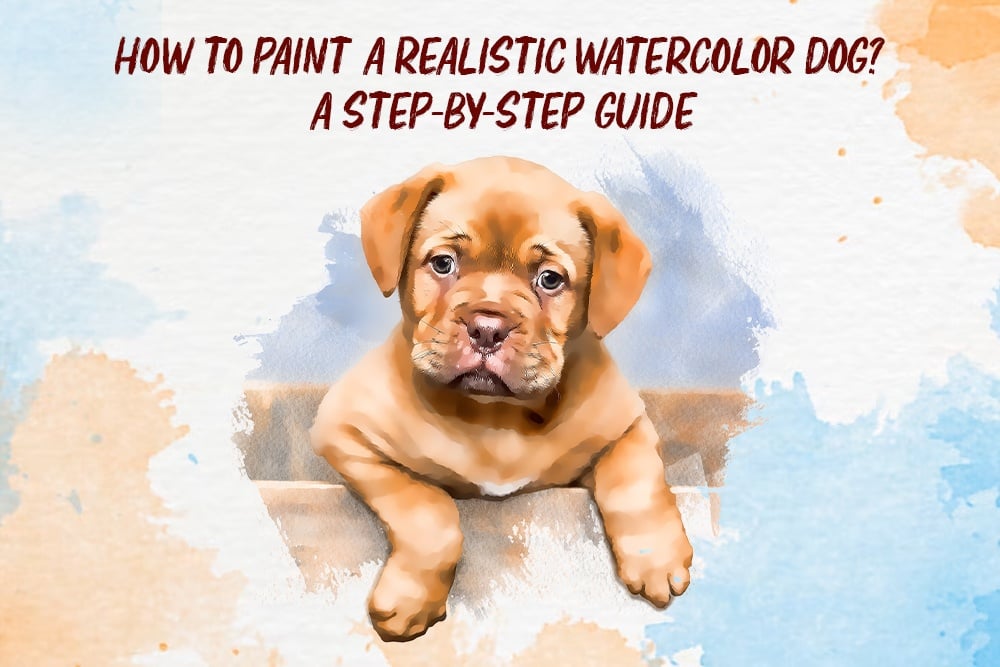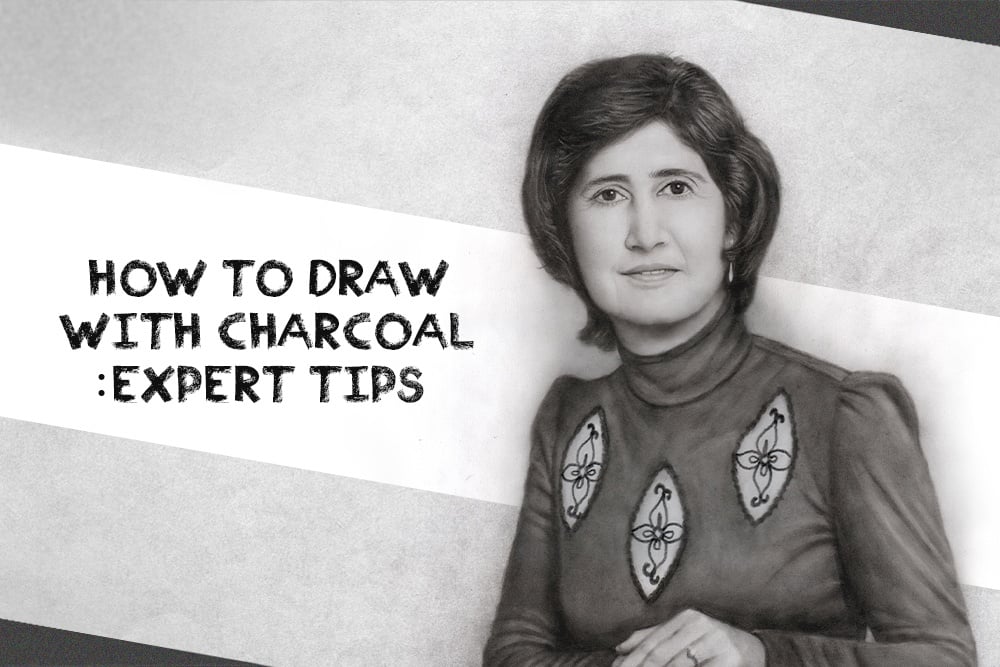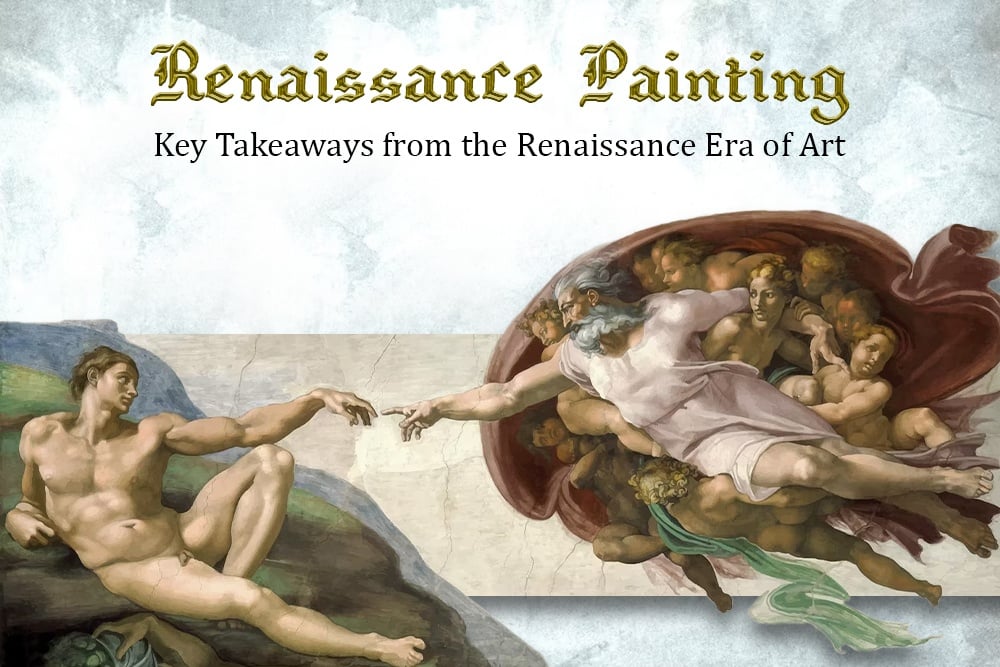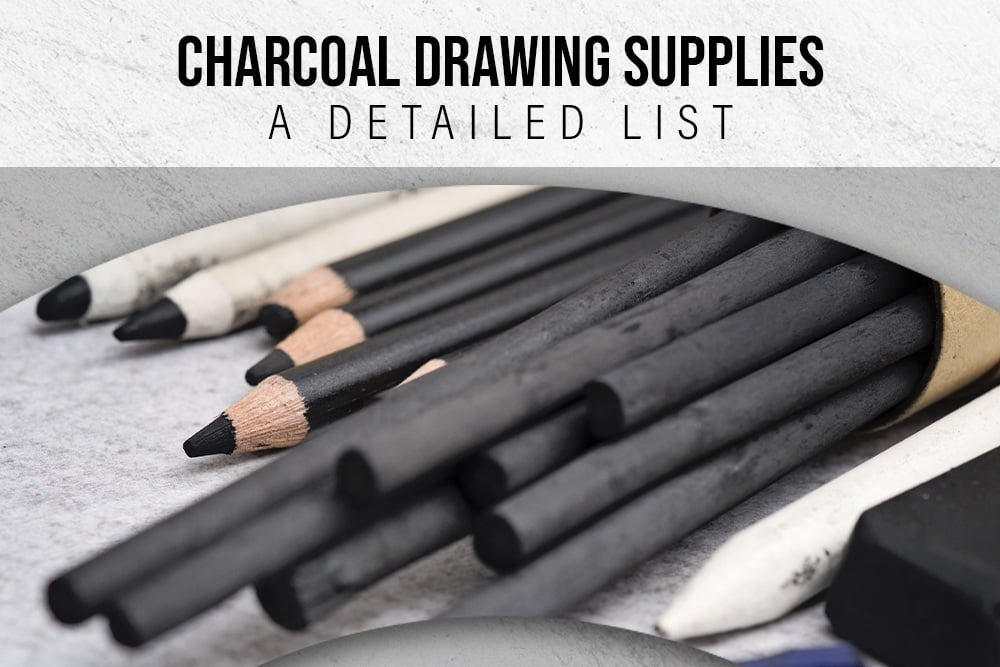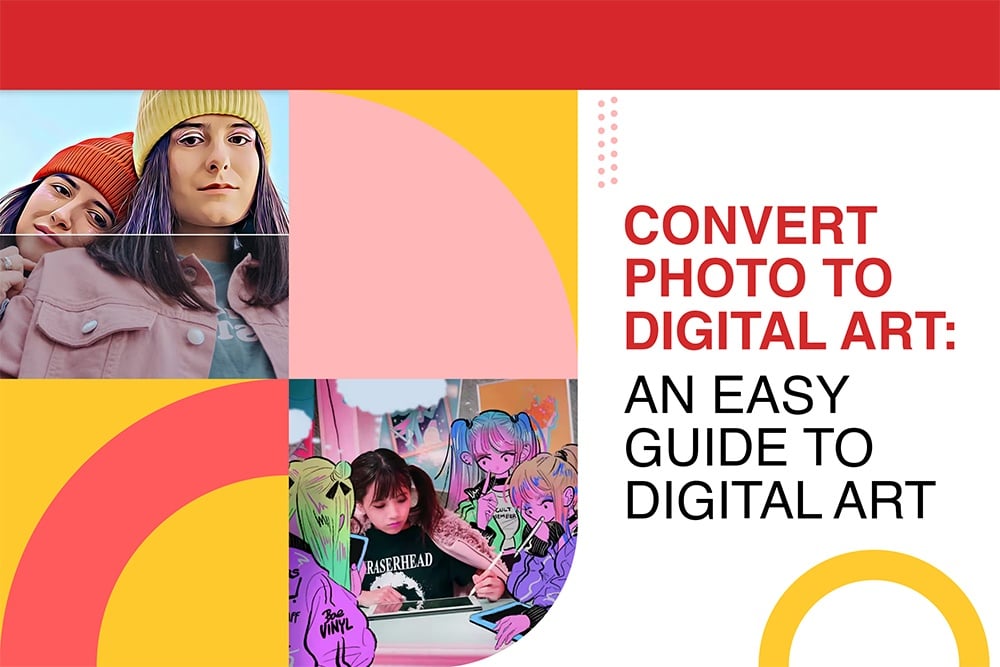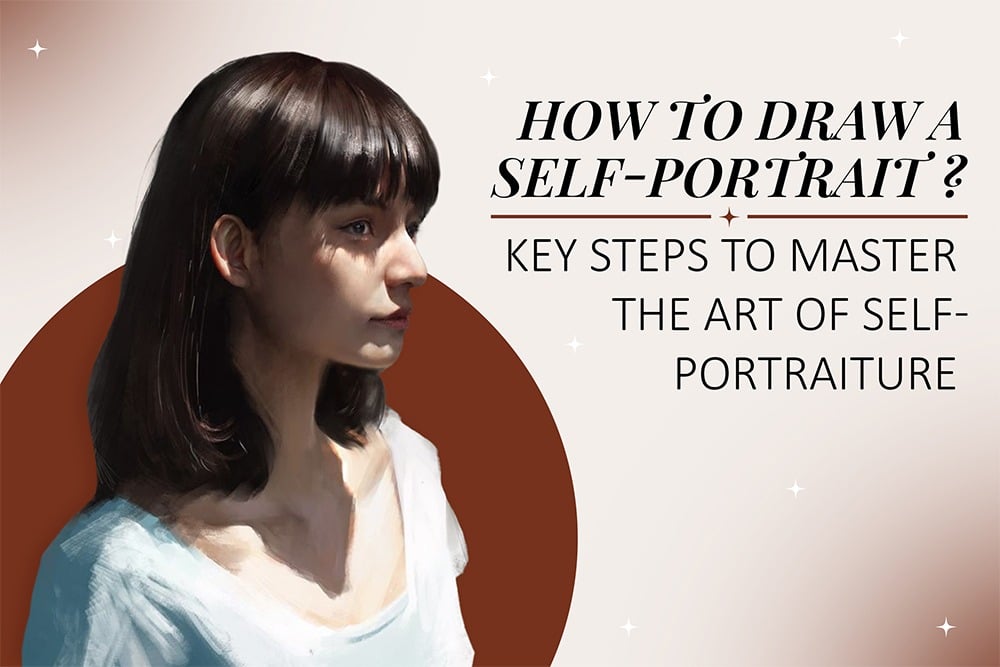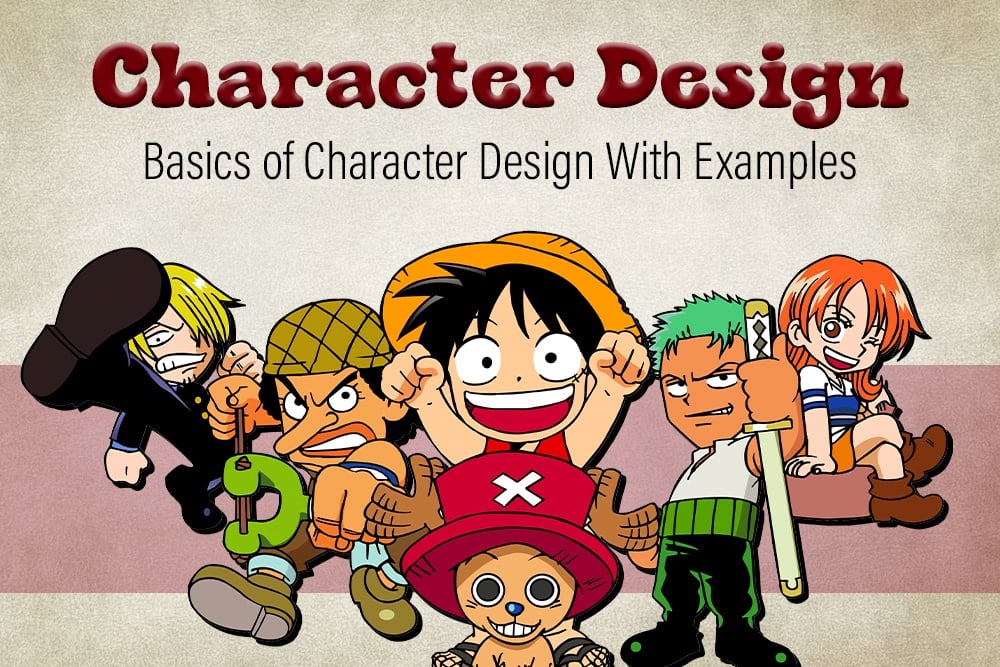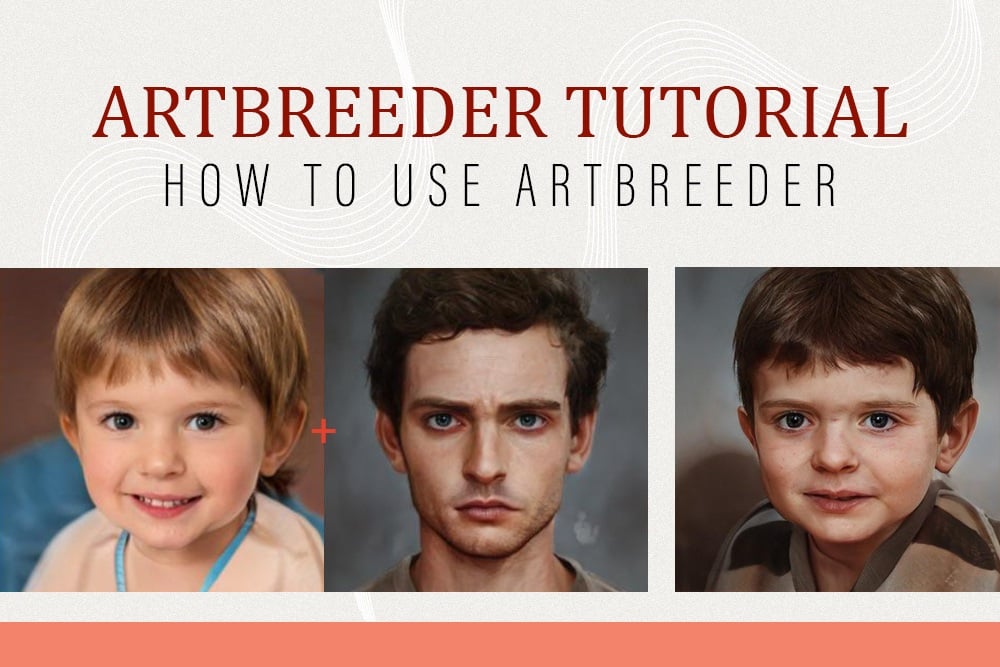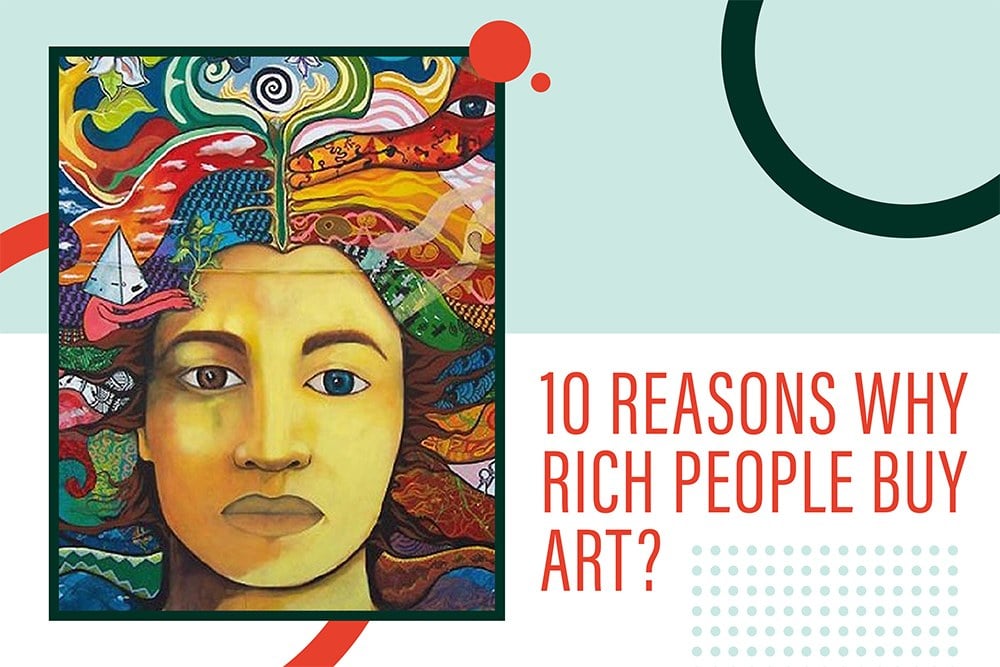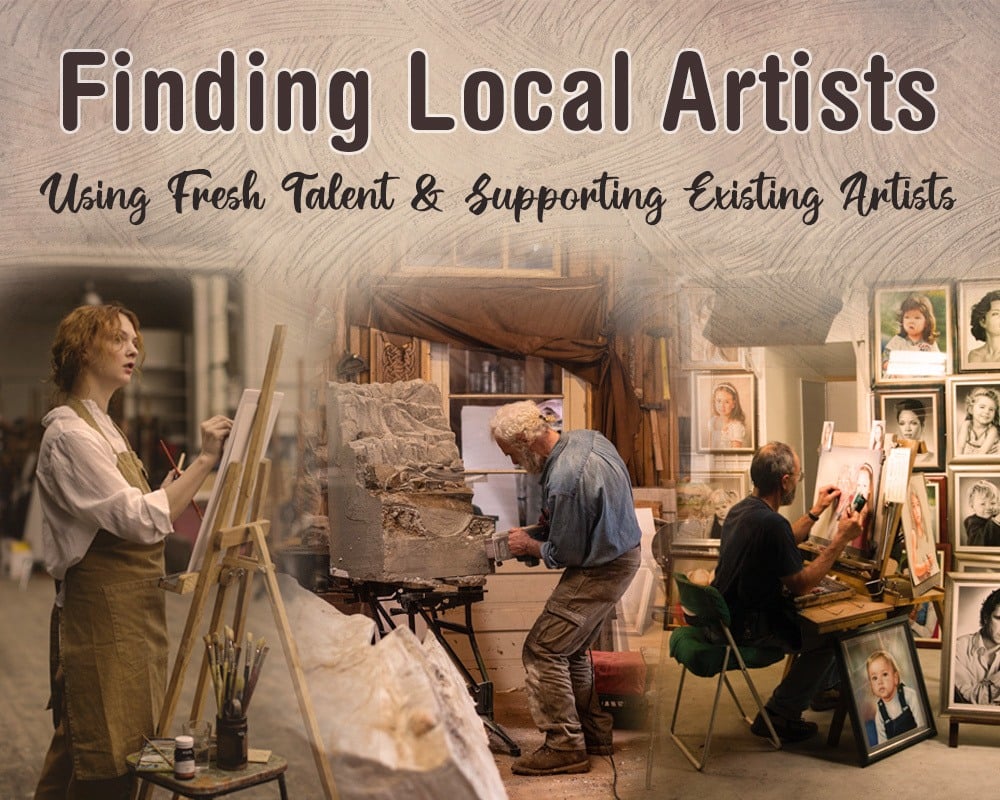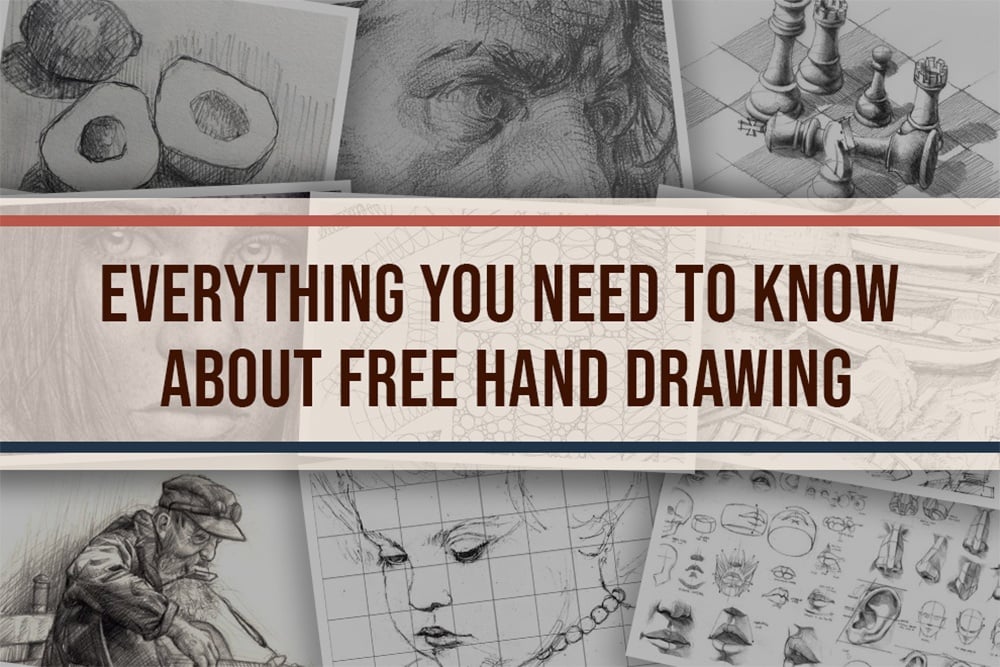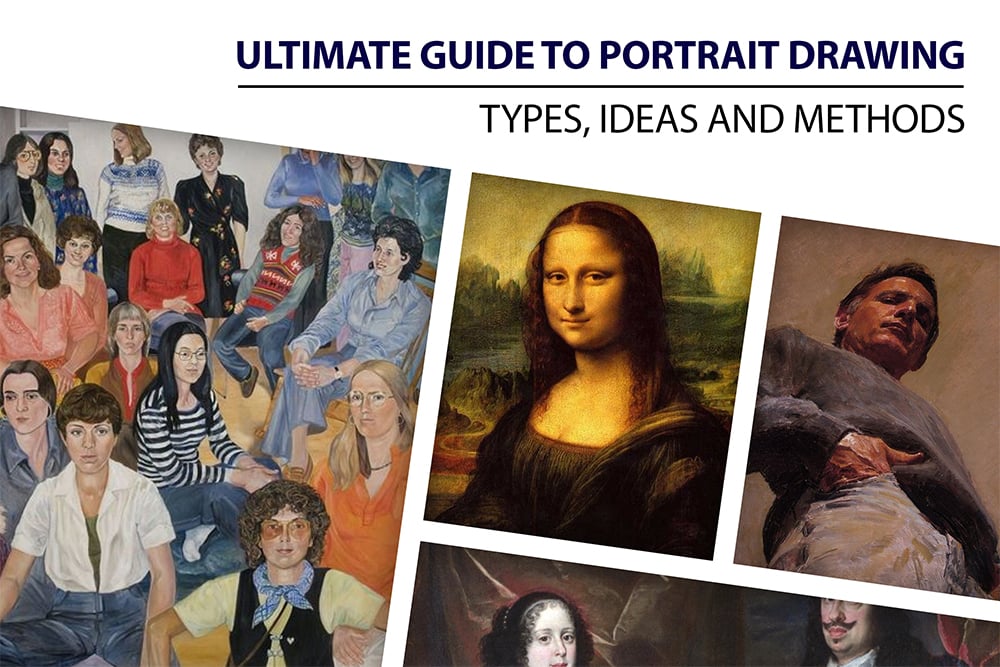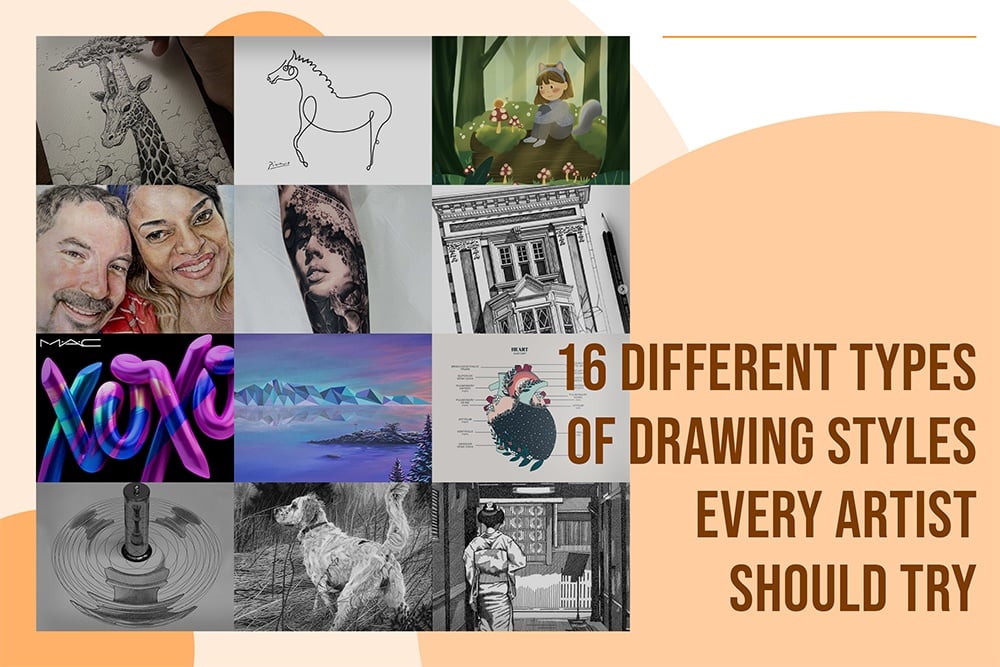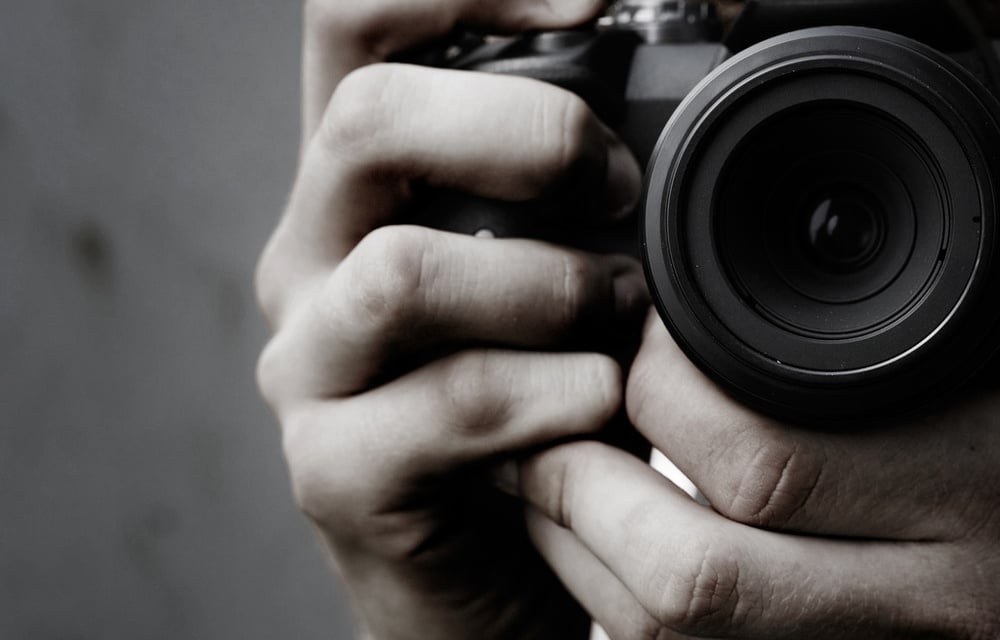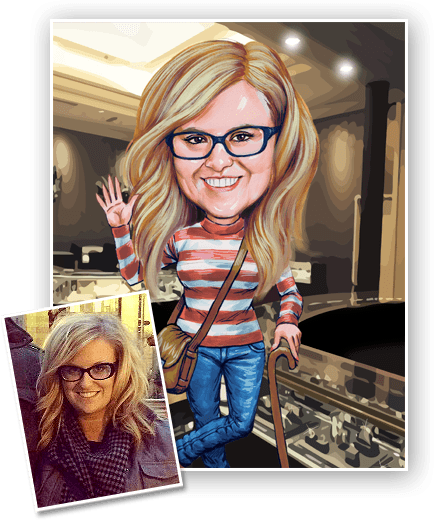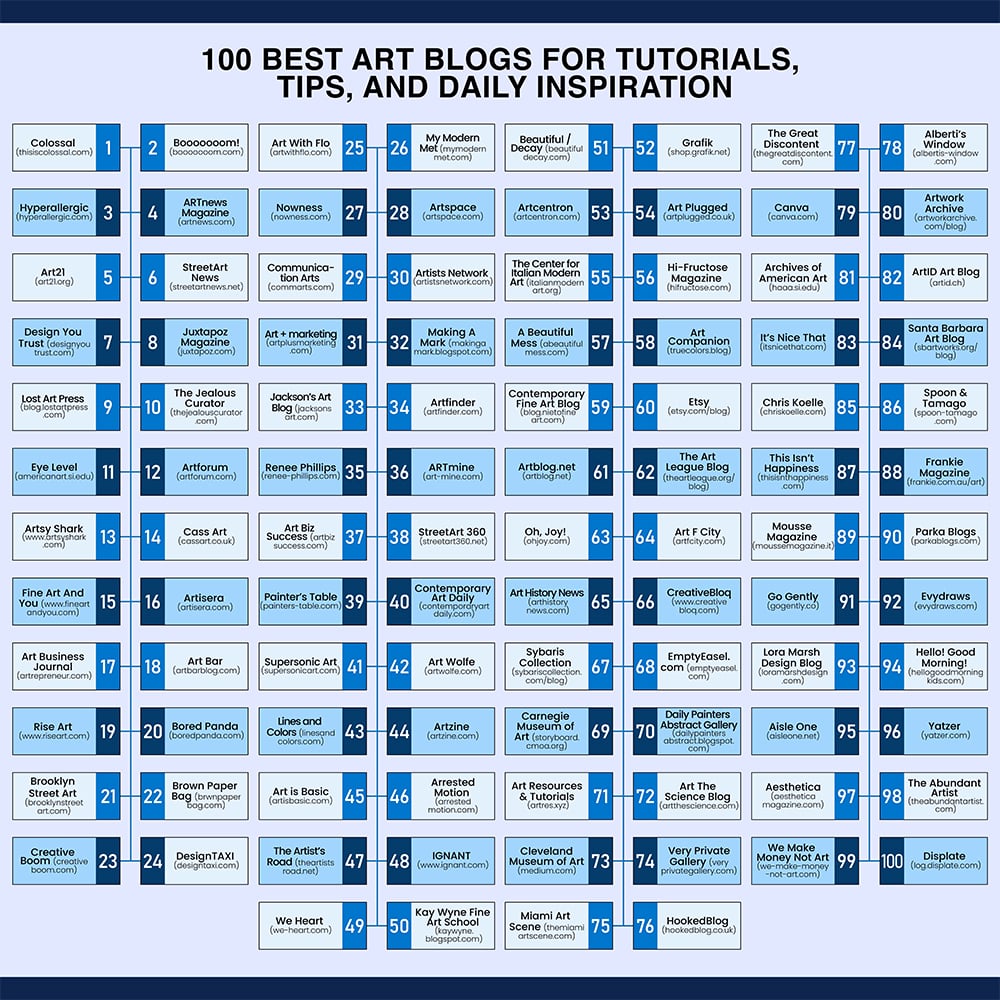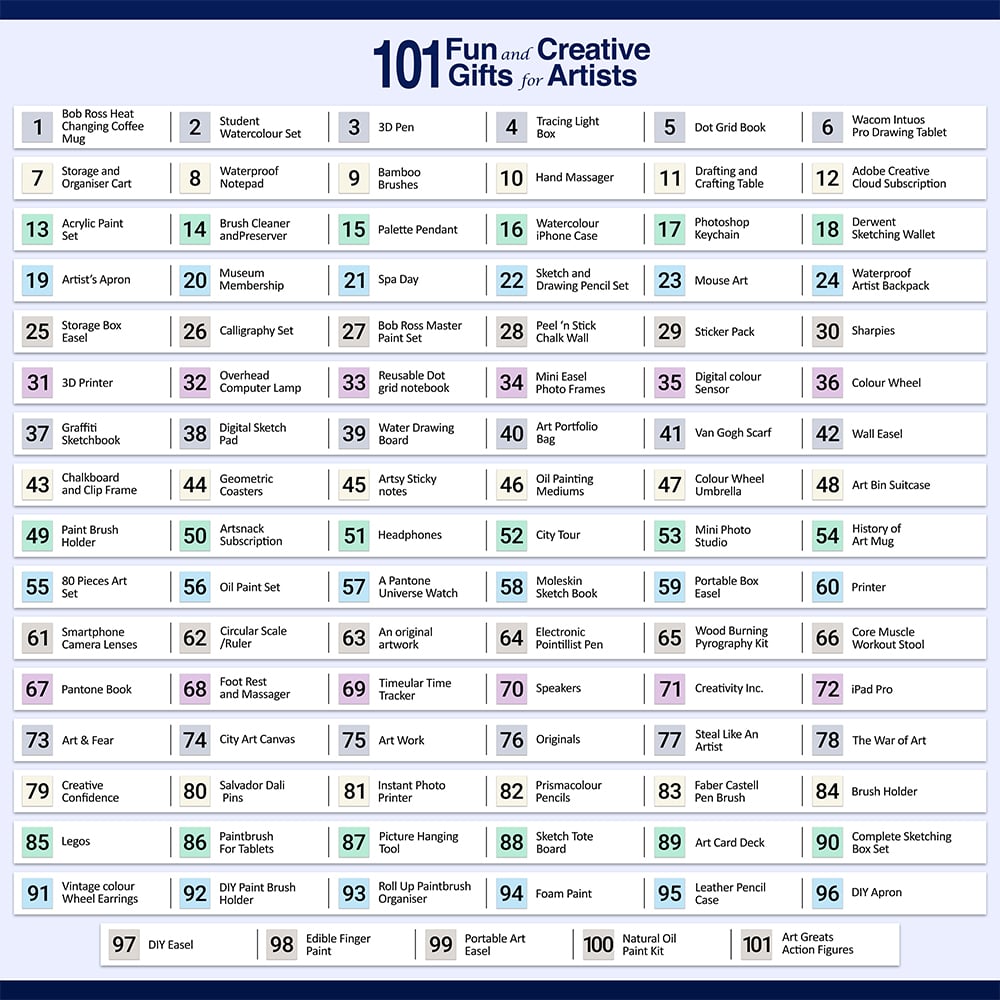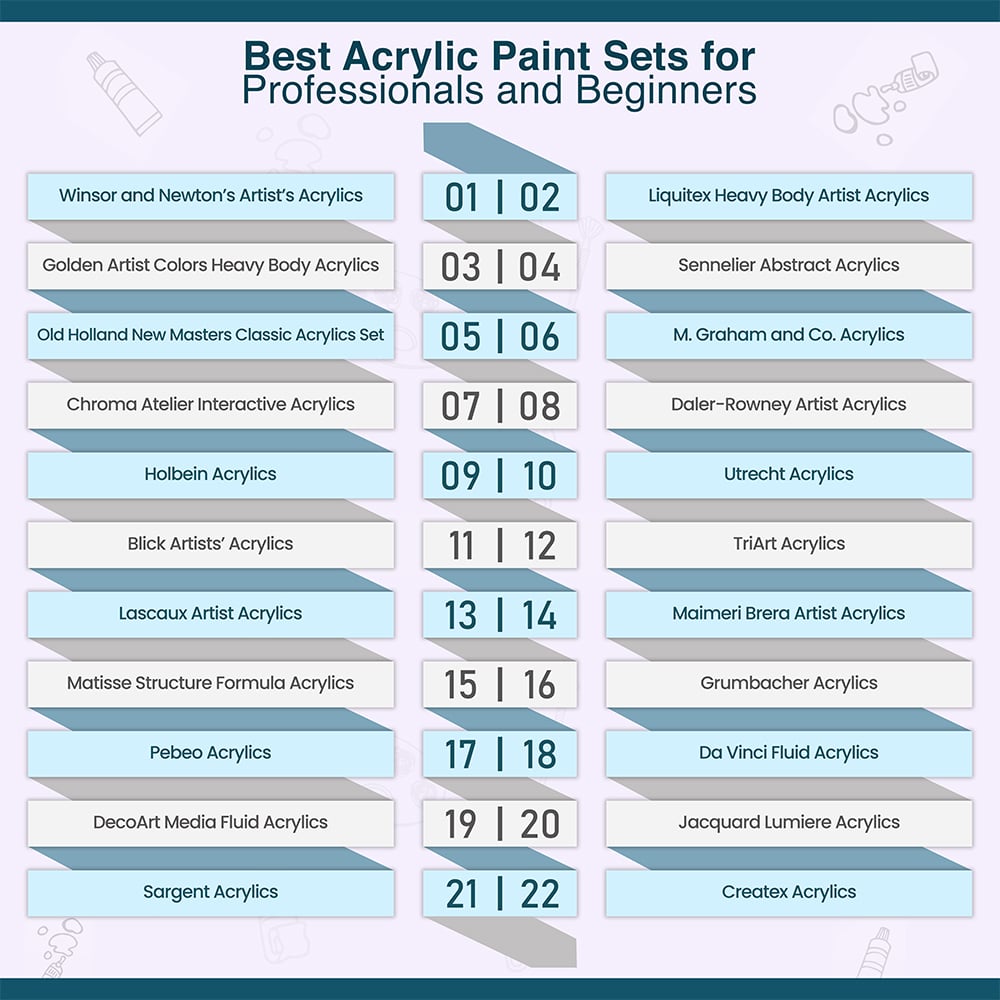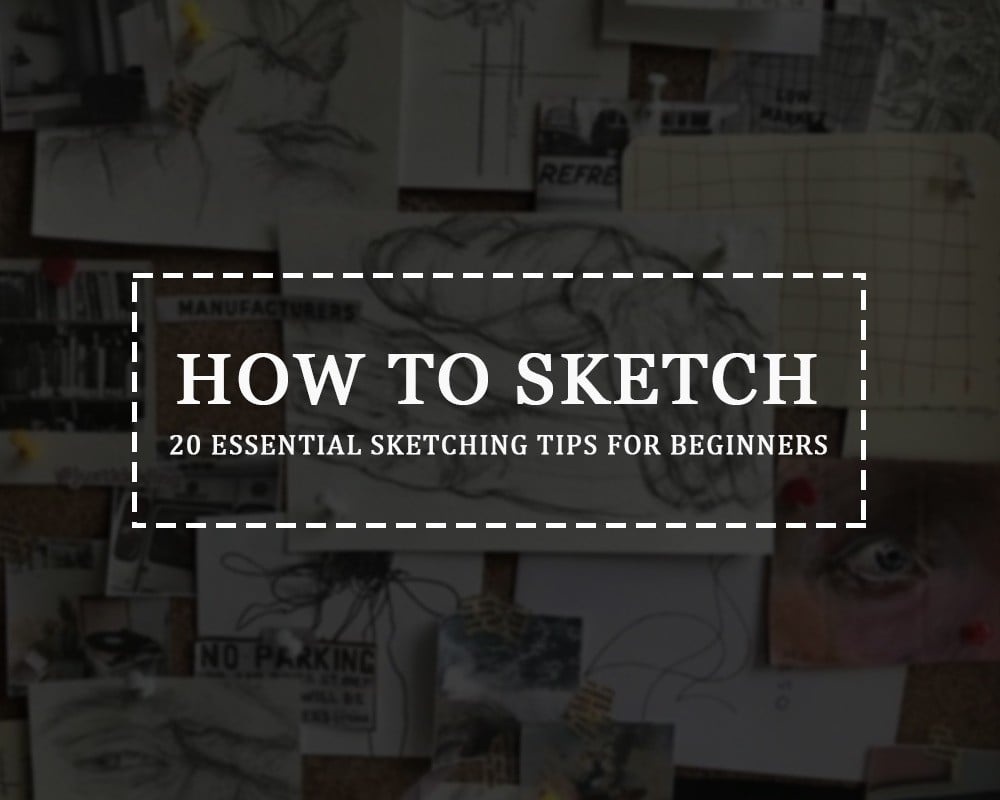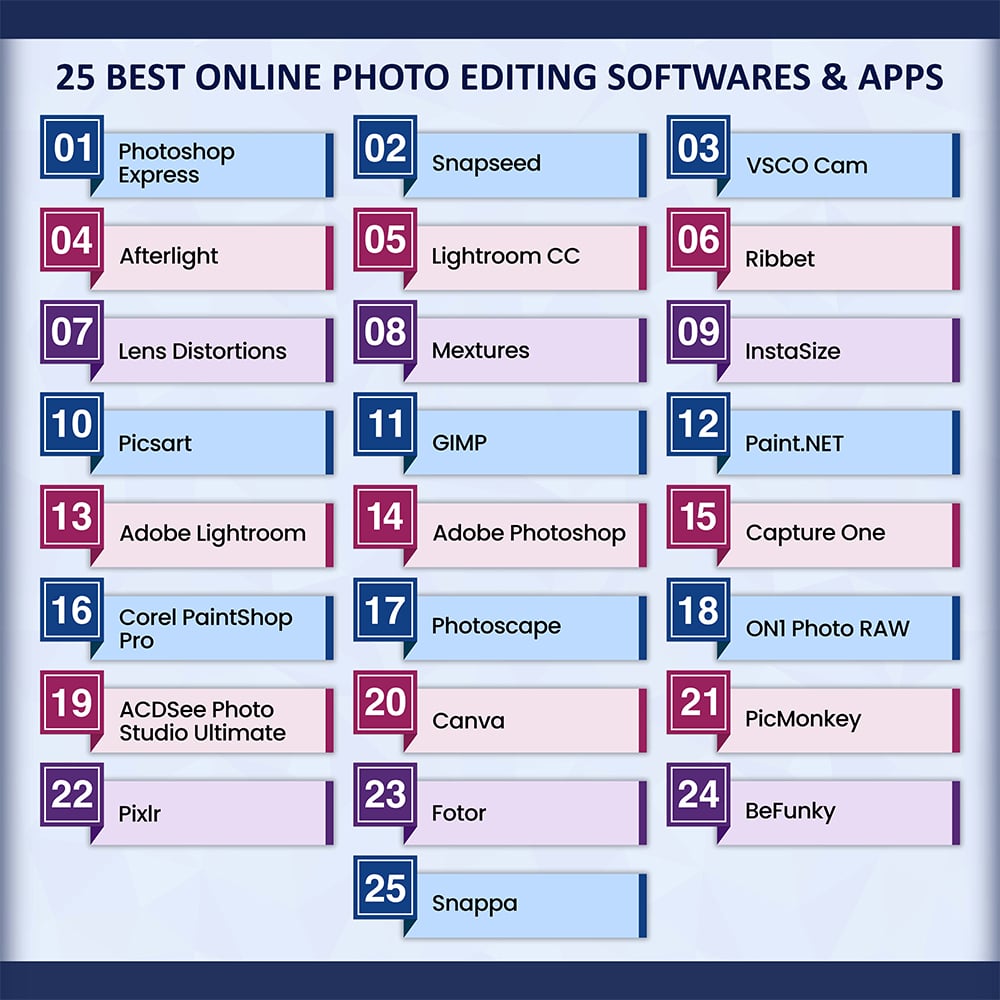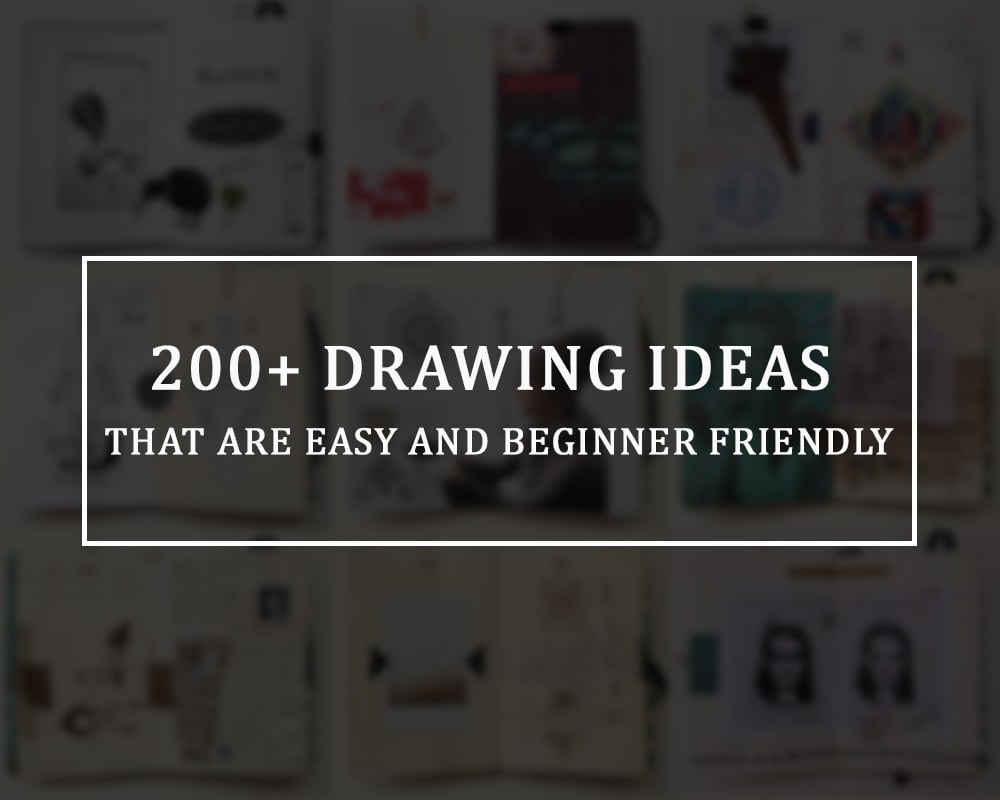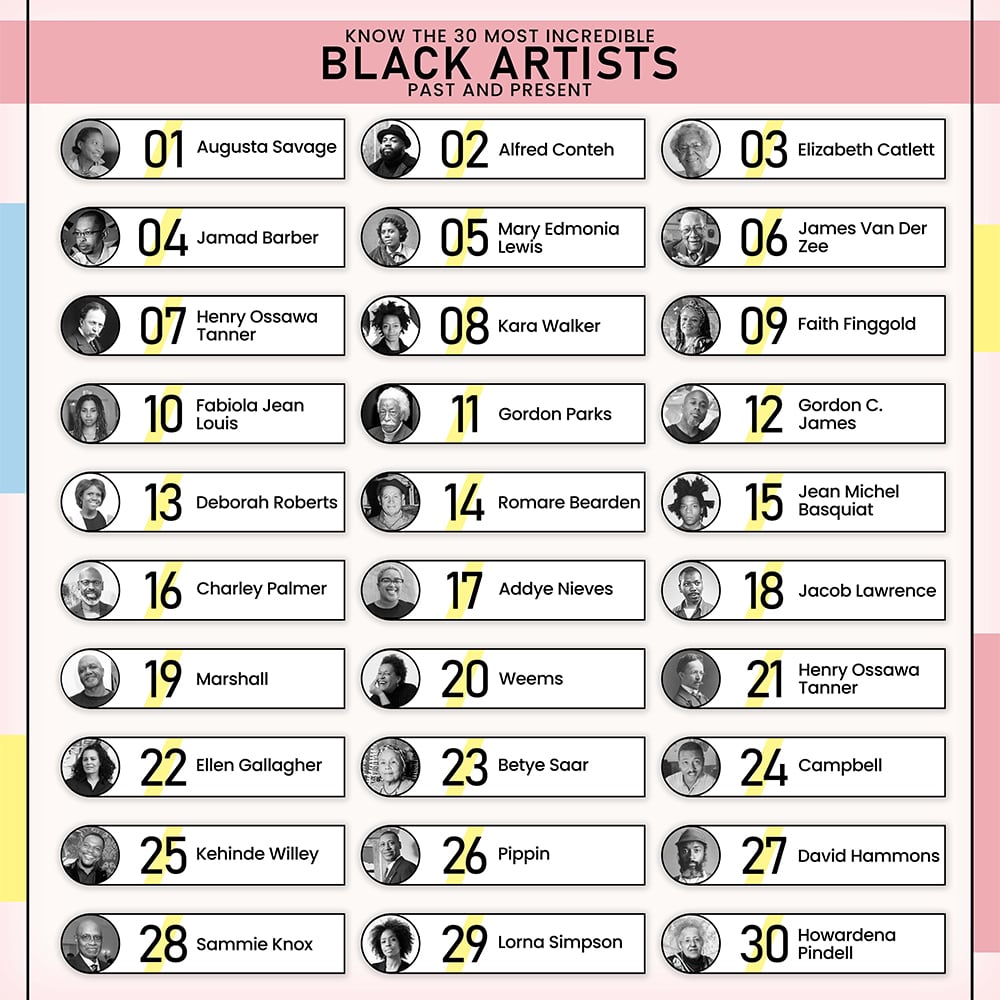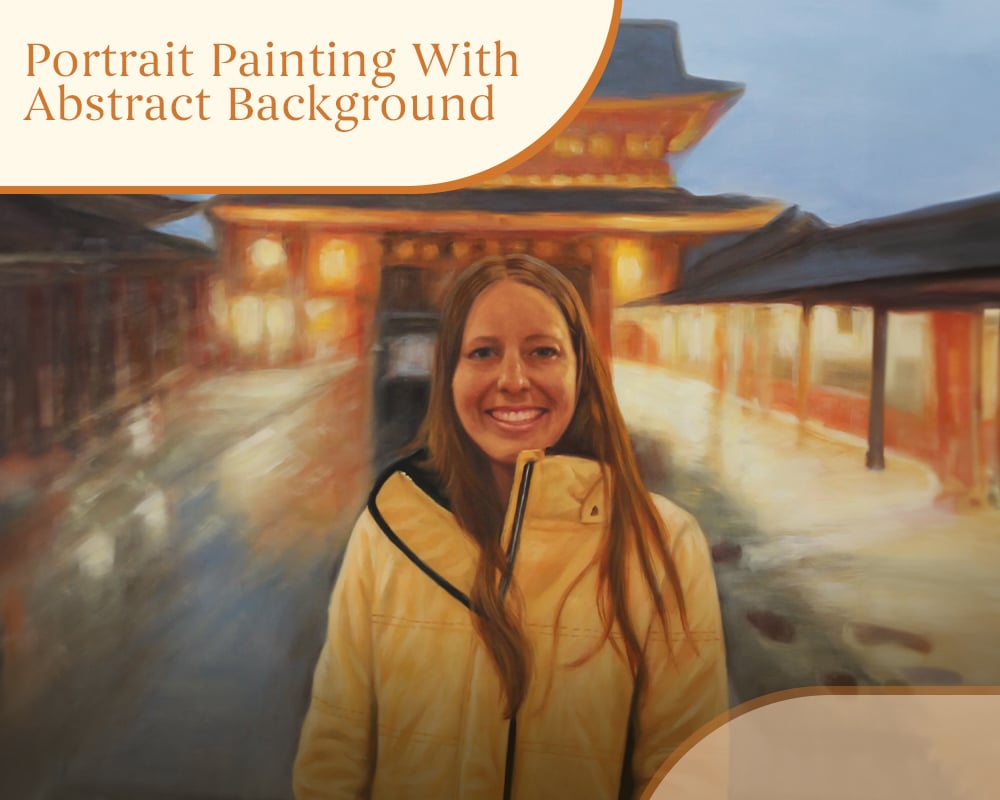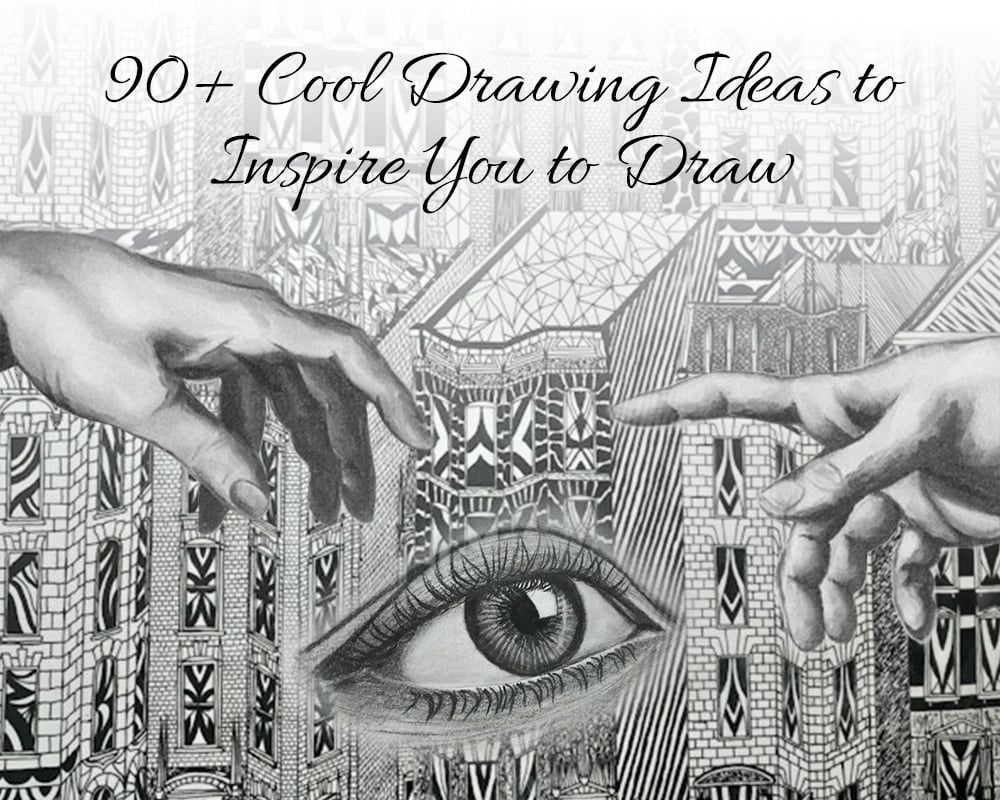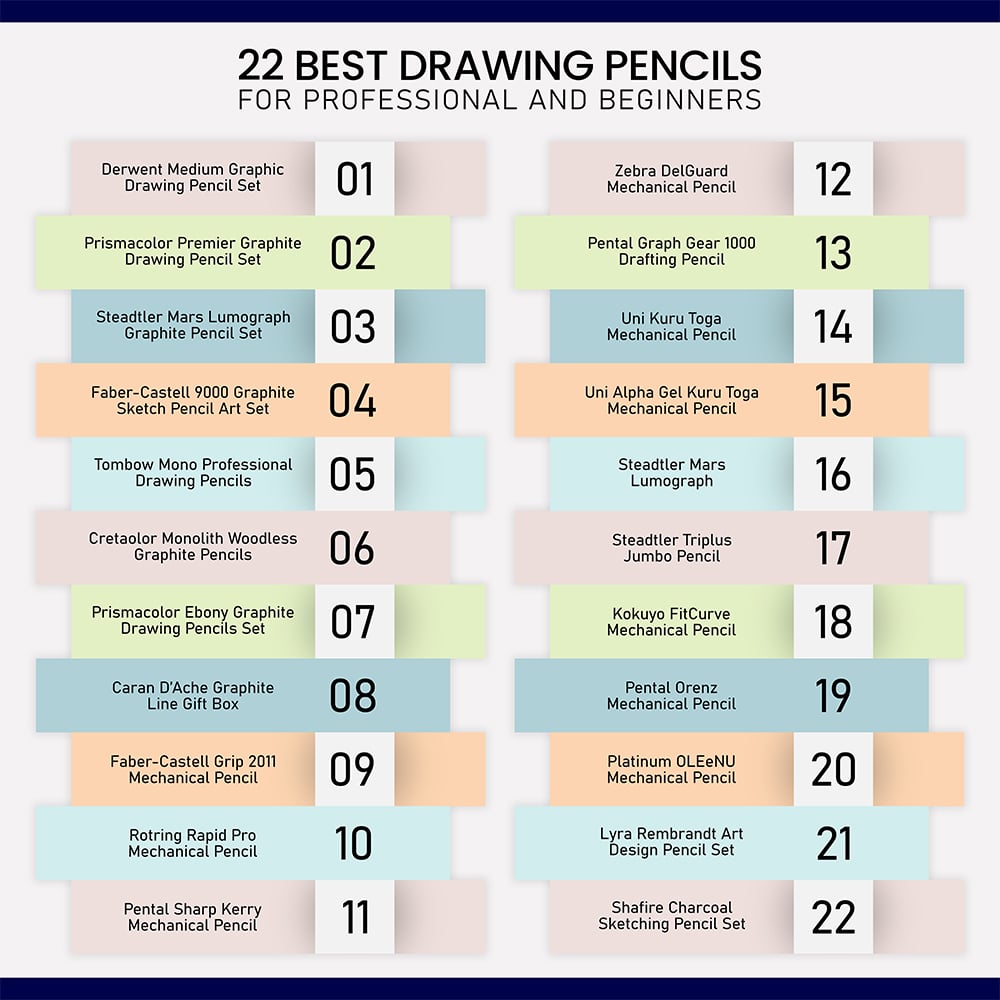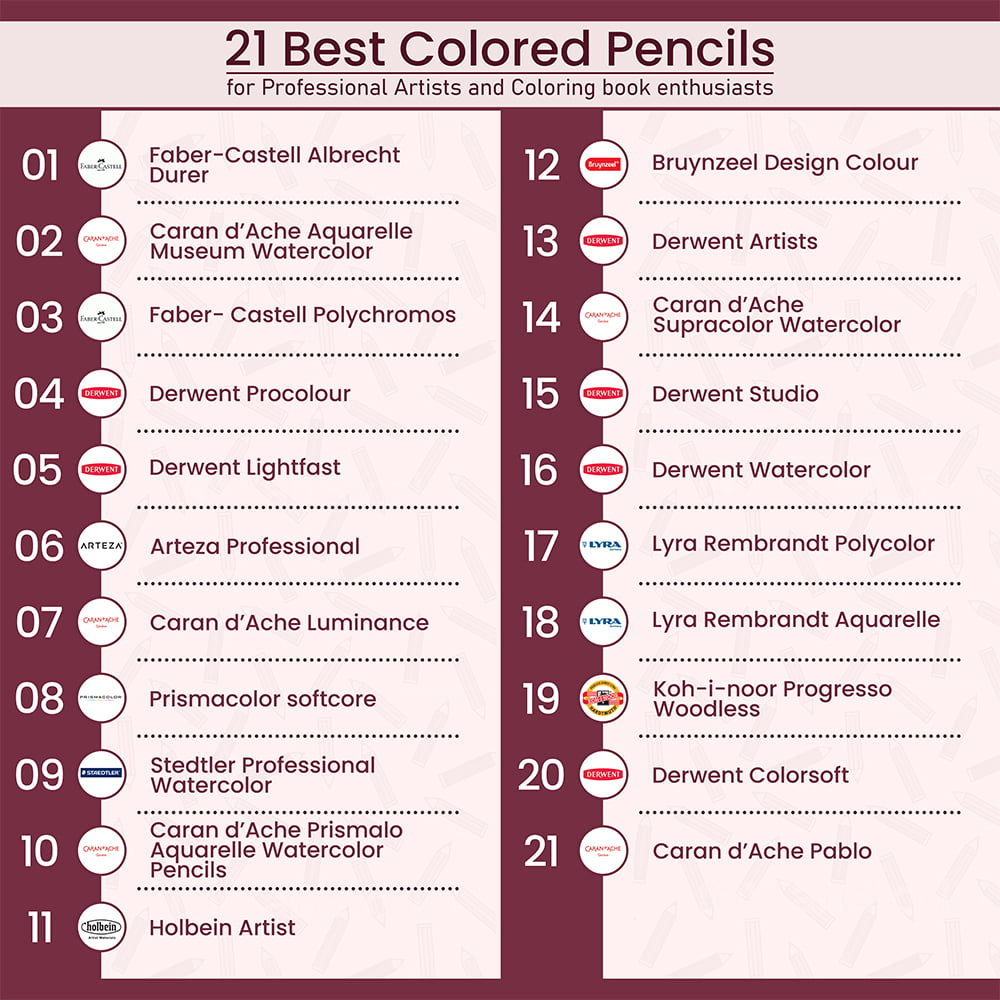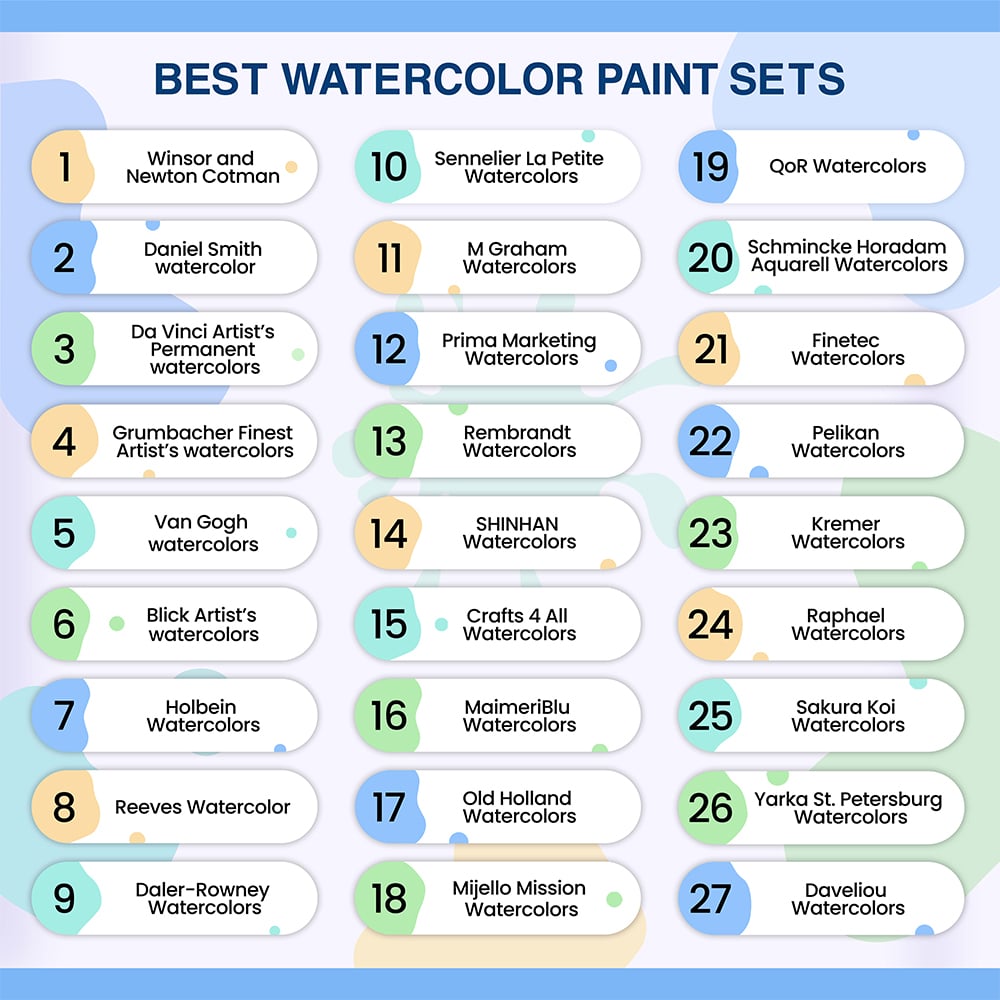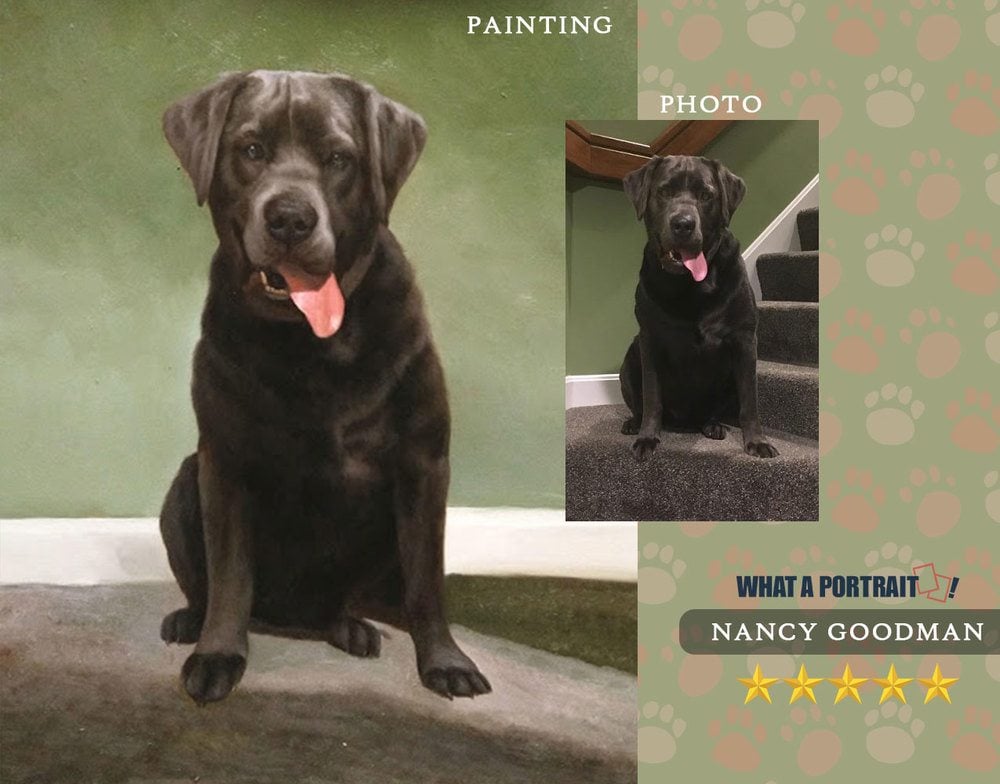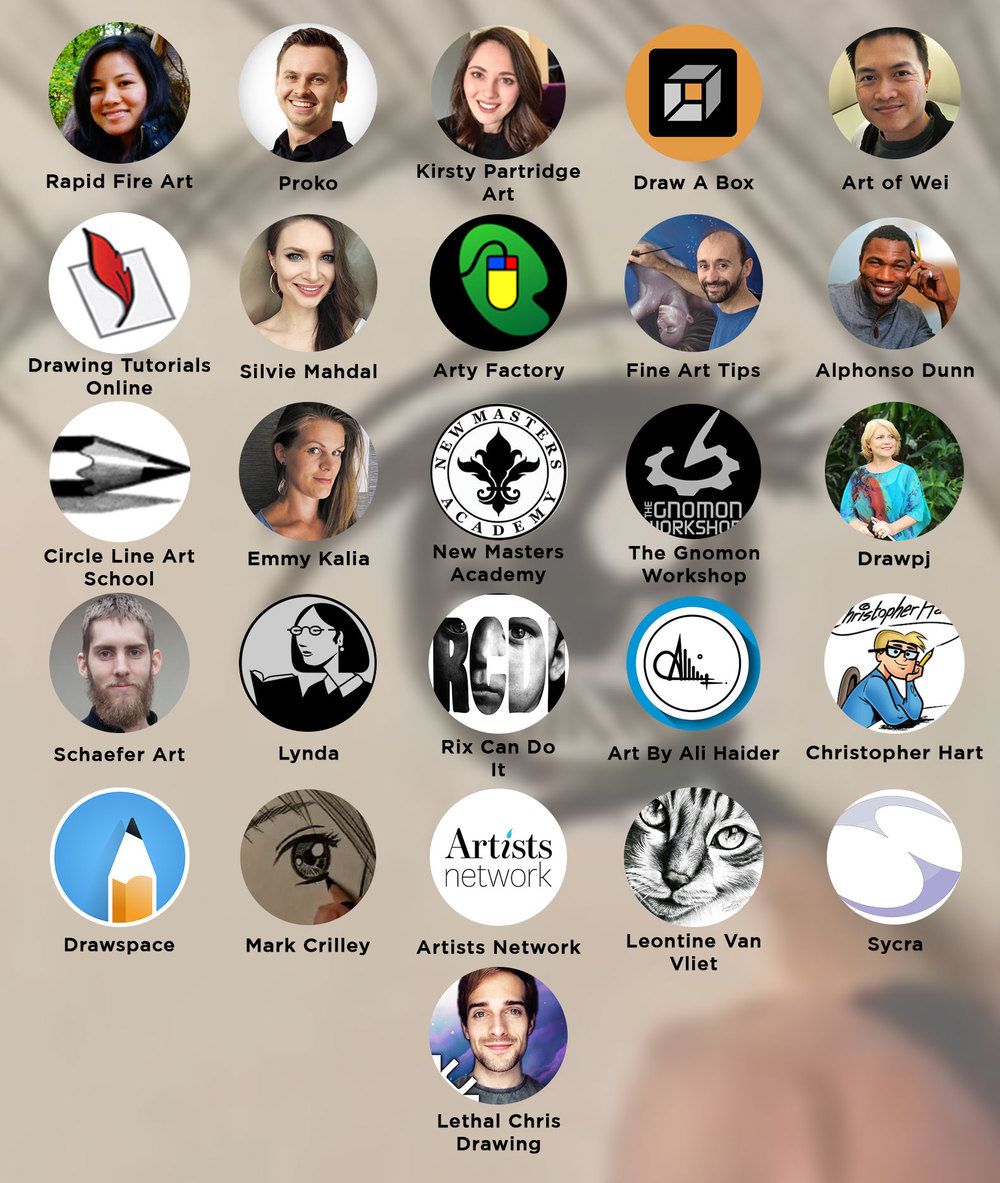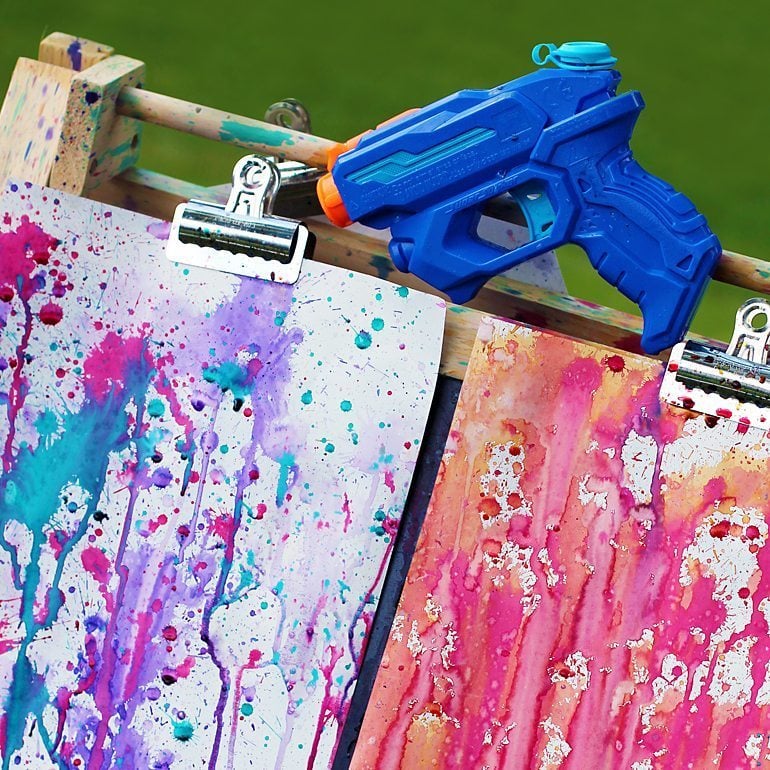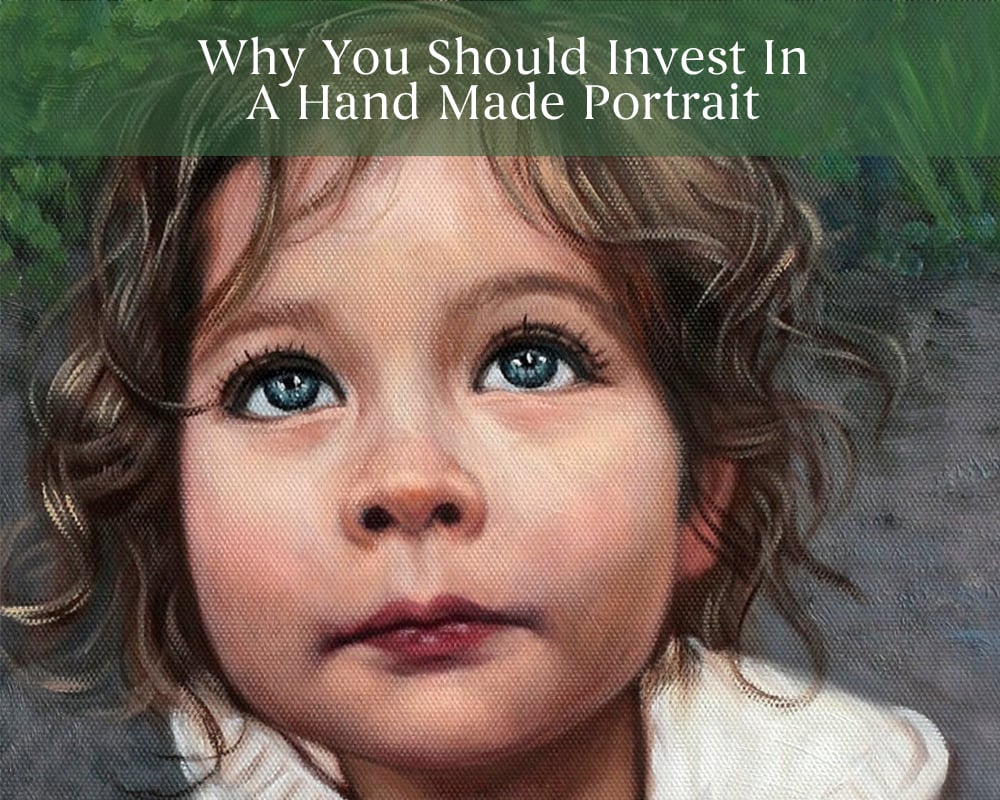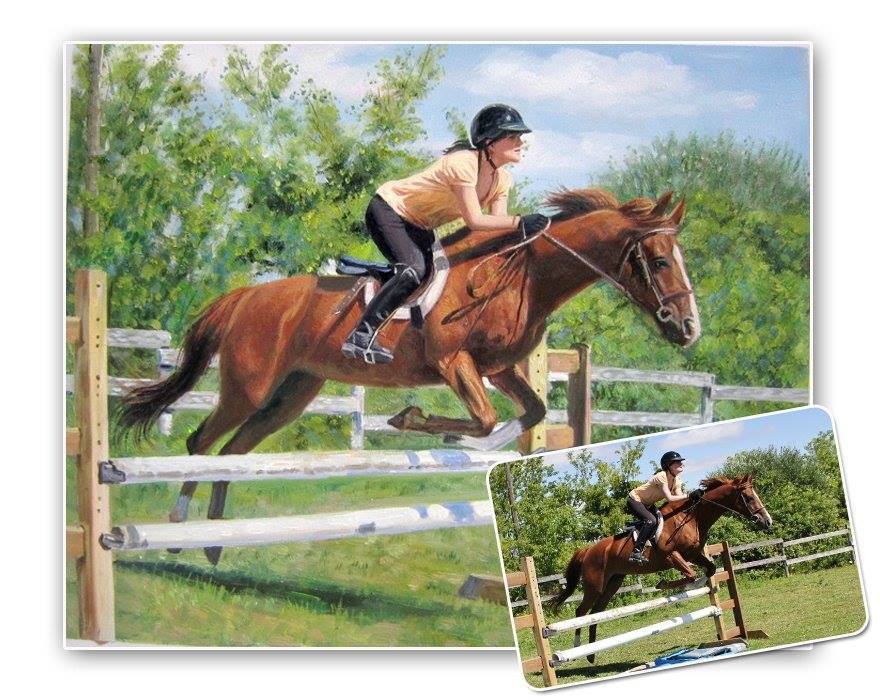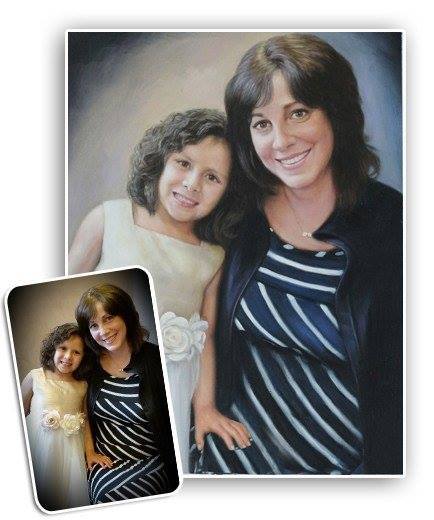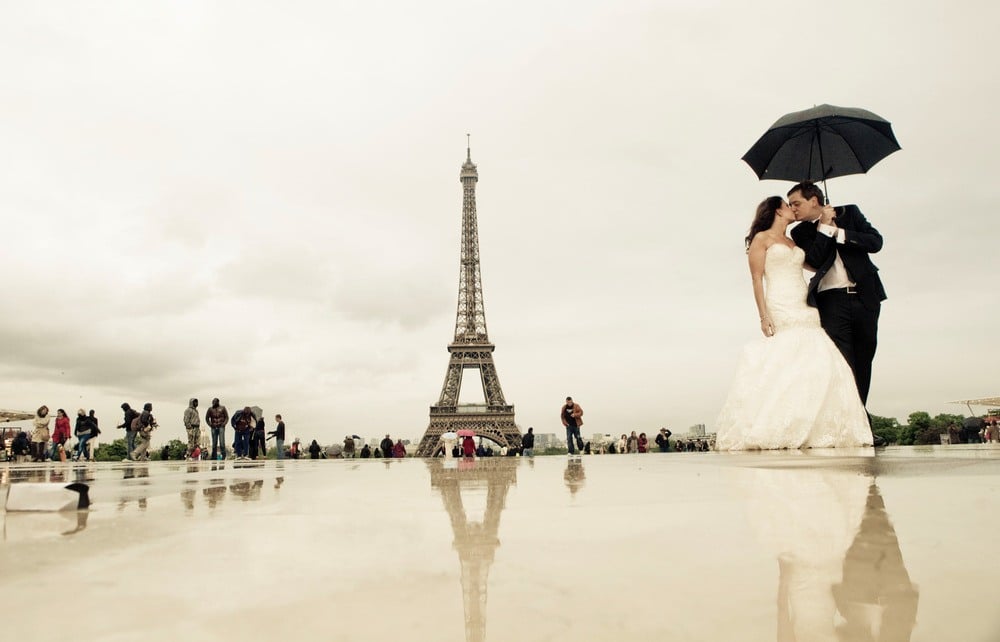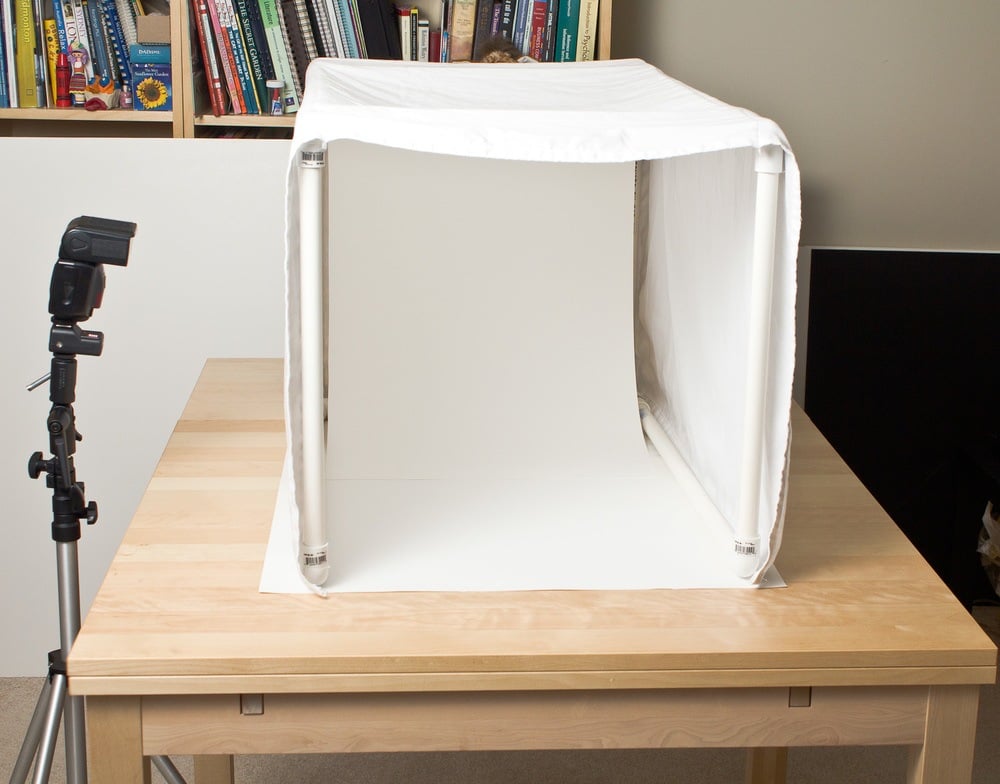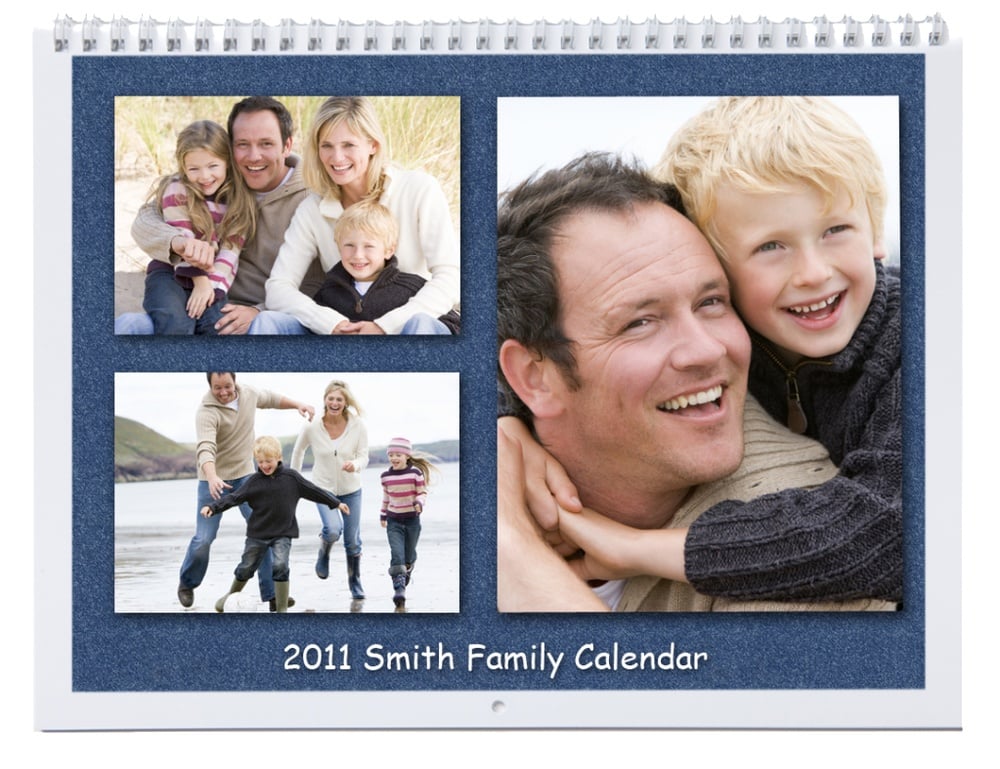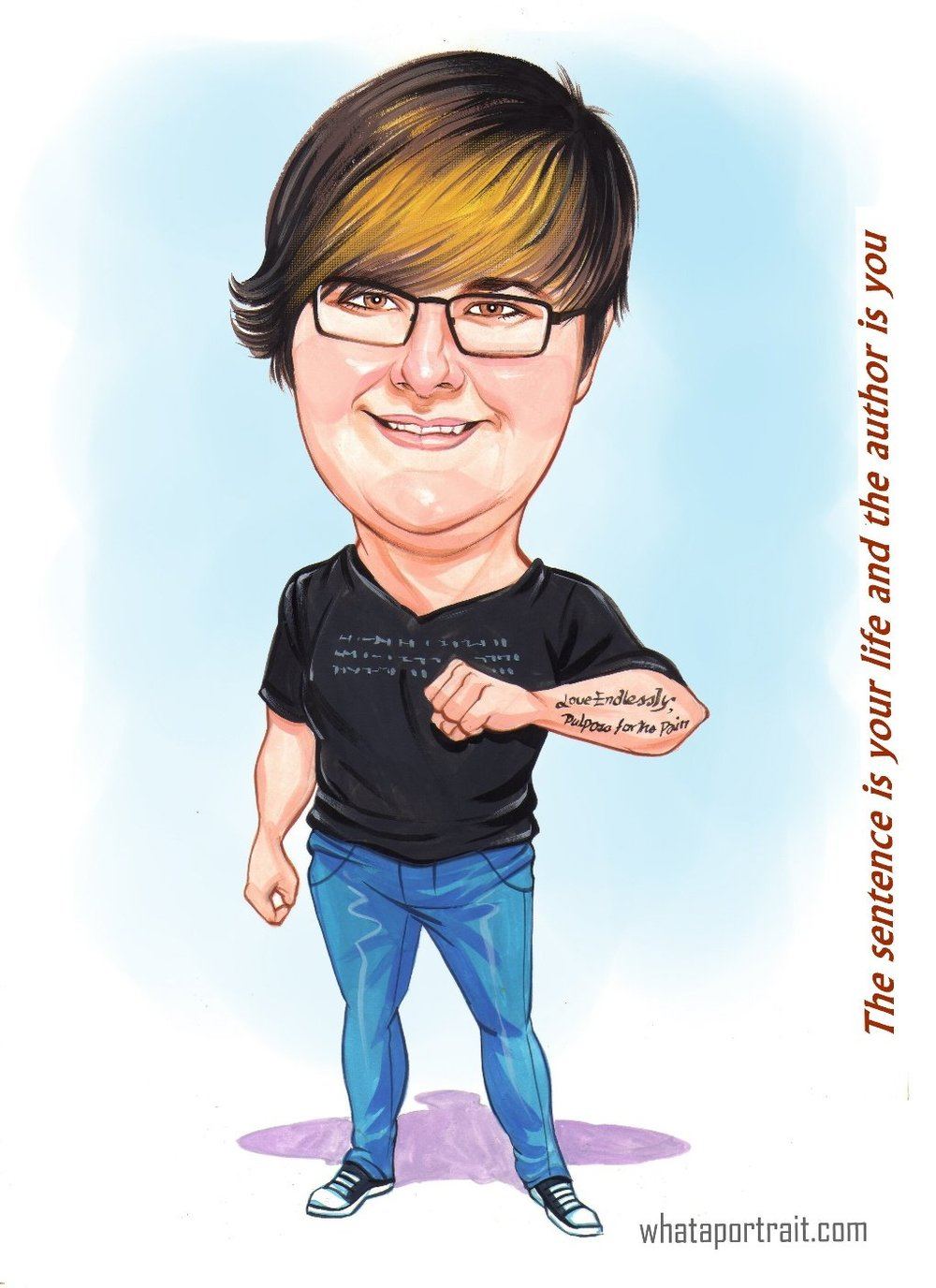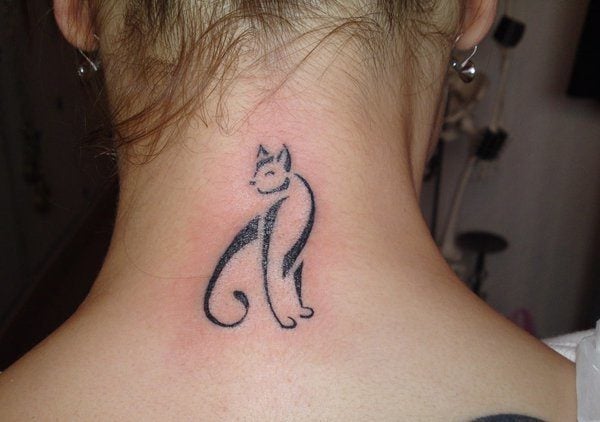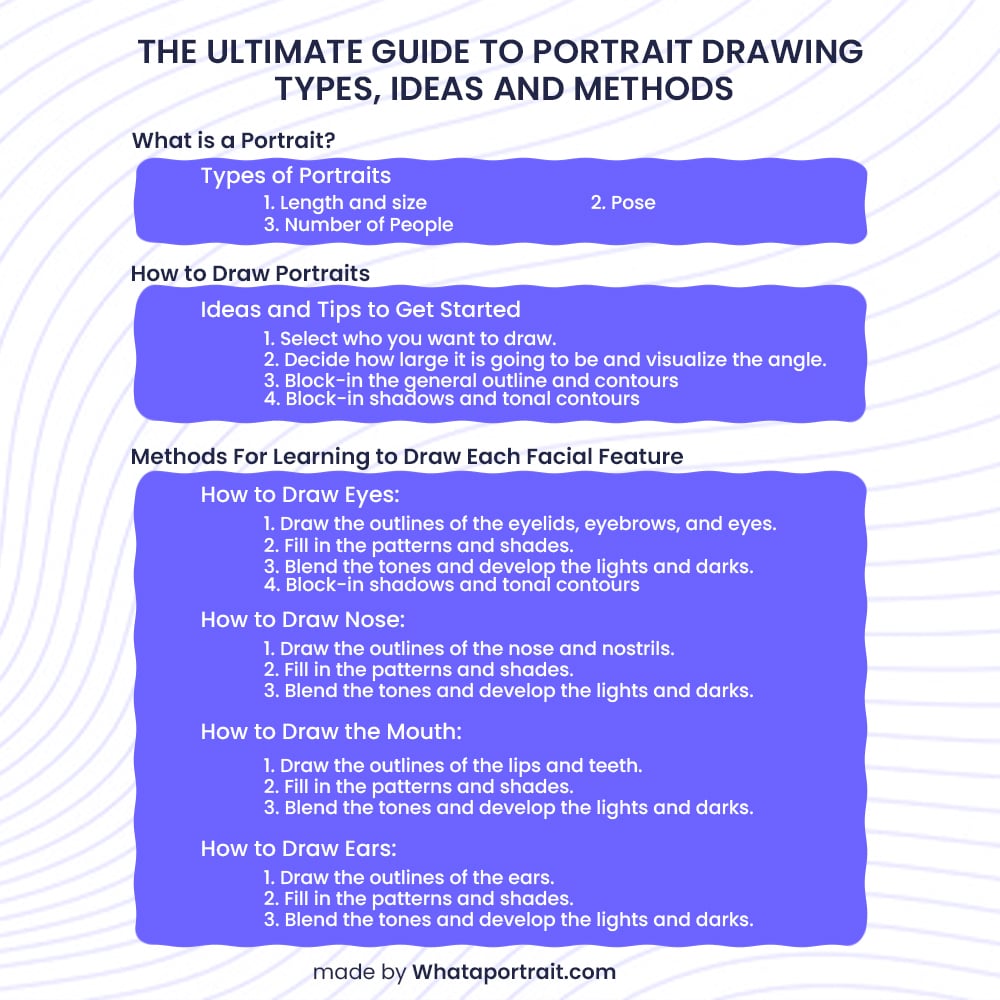
Table of Content
Human beings are among the most basic drawing subjects in the history of art. If you're a blossoming artist, you may want to attempt realistic portraiture and build your portrait drawing skills. But knowing exactly what a portrait drawing constitutes is essential before plunging into it.
What is a Portrait?
A portrait is a visual representation of a person, typically focusing on the face. It is an art form that existed as long as 5000 years ago or earlier, and historians believe it originated in ancient Egypt.
In the past, wealthy people would get their portraits painted to display their stature. The subject was called a “sitter” in these traditional portrait paintings. This term existed because they would sit and pose in front of the artist for hours to portray themselves in paint!

Credit: Faith Humphrey Hail
Today, portrait artists can do their work by using photographs as references. Portraits record humans posing or caught in a moment. It’s important to remember that portrait drawings differ from a technical or diagrammatic representation of one’s head.
Unlike those styles, portraits evoke an emotional connection between their subjects and viewers. They capture the essence of the person and make you wonder about them. The artist achieves this through details such as drawing facial features, expressions, poses, clothing, and setting.
Types of Portraits
There are different kinds of portrait drawings. This categorization may depend on multiple things. For instance, based on the drawing style, there are portraits like realistic, caricatural, pointillistic, three-dimensional etc . In this sense, portraits could be detailed sketches or minimal outlines.
It could also be categorized depending on the human being's size, composition, and pose in the drawing. For example, there are miniature portraits that people can use in their lockets, pendants, or pocket watches. They have been in existence since the 14th century. On the other hand, there are also enormous-scaled portraits, which you can do on the ground.
Here are some of the main types of portraits according to 3 different criteria:
1. Length and size
Based on their length and size, portraits can further be classified into the following categories:
Full-Length Portraits
A full-length portrait portrays the subject's entire body from head to toe. Artists would create these kinds of figure drawings to include more contextual details in the frame. They would also do this to highlight the body in addition to the face since the person is the central subject of the image. These ‘context clues’ could be the background, clothing, other objects, etc.

Credit: Federico Madrazo
Therefore, full-length pictures are more comprehensive and intricate than other portraits. These are usually plenty of elements, more colors and strokes, and various layers and details. This drawing style is often stereotypically used to capture feminine beauty or dominant male characters.
Full-length portraits were a famous art style among the 17th and 18th-century European aristocratic and royal families. Court artists would depict their great poses, grand clothing, and other luxuries to exhibit wealth and status. Full-length portraits are usually about the surroundings, apparel, and social contexts. So, they have less to do with conveying someone’s emotions and more with their social position or importance.
Half-Length and Three- Quarter Length Portraits
The most famous style of portrait drawing is from the waist above. In half-length portraits, the torso or upper body is illustrated in either a sitting or standing position. This kind of portrait gained popularity during the renaissance.

Credit: Jacopo Carucci
Here, the human subject is in the spotlight without the environment being distracting. Since the background isn’t significant, it is conventionally monochromatic in half-length portraits. Instead, the person’s facial features and expressions gain precedence. The focus is more on emotions rather than social standing.
A three-quarter-length portrait is less common, but it exists. It involves a knee-length portrayal of people. Although it seems incomplete, such pictures can balance the person’s profile and background well. They come somewhere in between half-length and full-length portrait drawings.
Kit-Cat Portrait
A Kit-cat portrait is a sub-category of half-length portraits. Their main feature is that the subject’s hands are always visible in the painting. Also, they typically depict the individual from the chest and above rather than the waist.

Credit: Leonardo Da Vinci, “Mona Lisa”
A set of creatives and lords at the Kit-cat club in London are behind the name's origins. These writers commissioned eminent artists of the time, such as Godfrey Kneller, to paint the club members in the Kit-cat style.
Bust Portrait
A bust portrait represents the neck and face of the person, emphasizing the shoulders and above. Here too, the limelight is on the features of the head and the persona rather than the surroundings or the social context. Hence, it has a purpose very similar to bust sculptures.

Credit: Nils Johan Olsson Blommér
These are also called Head and Shoulder portraits or Face and Neck portraits. The face almost entirely dominates the frame, and thus the person’s expressions, feelings, and minute facial features become the primary focus. There is less potential here to add many objects or strokes.
2. Pose
Based on the angle in which the subject is facing, the following categories exist:
Front View Portrait
A front-view portrait shows the whole face of the portrait subject as they stare straight ahead. There may or may not be direct eye contact with the viewer, but most facial features are visible. In such portraits, artists highlight the details of the face, paying particular attention to the subject's gaze.

Credit: David Jon Kassan
Side Profile Portrait
In profile portraits, the subject faces either the left or right, so the viewer sees their face from the side. Artists attempt to accurately portray the physical characteristics of the individual’s profile from a side angle. Because of this perspective, the full face is not visible.

Credit: Mathis Miles Williams
Three Quarter Portrait
A three-quarter view portrait is somewhere in the middle of a full face and side profile portrait. The subject gazes at an angle between completely facing straight or turning to the side. Typically, self-portraits tend to be from this angle, such as Van Gogh’s.

Credit: Van Gogh
Tronie
It’s not the perspective that determines whether a portrait is a tronie. However, it is still often included under the criteria of poses. Tronie portraits have expressive subjects who show various human emotions with their heads at different angles. The subtle human sentiments are more significant here than their social stature.

Credit: Jan Vermeer, “Girl with a Pearl Earring”
After an era of restriction when society expected artists to draw static, lifeless portraits, the Dutch Golden Age brought about a revolution. Hence, from the 17th century, artists began depicting natural human feelings through their subject’s unique expressions and natural human instincts.
3. Number of People
The third kind of categorization is based on the number of people in the picture, such as:
Individual
Most portraits showcase a single individual, often reflecting their personality, mental state, social class, age, gender, etc. In the past, it was common for people to commission such biographical portraits of themselves.

Credit: Joannes Buns
Double
A double portrait holds two people in the frame rather than one. The subjects could be a couple, family members, friends, strangers, or enemies. In any case, it often portrays a relationship or story between two people. They could be similar to each other or contradictory. Double portraits provide scope for more meaning and can help communicate some kind of message or tale.

Credit: Justus Sustermans
Self-Portraits
Self-portraits are like autobiographies. In these paintings, the artist chooses themself as the subject. Self-portraits act like memoirs and help the artist materialize their concepts and visions of themselves on paper.

Credit: Robert Hannaford
Group Portraits
A group portrait is a painting of many individuals in one frame, where they are the main focus of the picture. By this definition, the landscape of the image is relatively insignificant, and the people are the dominant subjects. The subjects are positioned next to each other in these portraits, and their facial features are more prominent than the background or other distractions.

Credit: Sylvia Sleigh
How to Draw Portraits
Now that you know what portraits and their different kinds are, it's time to start with some rules. This step-by-step guide will examine some easy portrait drawing techniques, beginning with the basic outline. Then, we will move on to the intricacies of drawing realistic facial features in pencil portraits.
Ideas and Tips to Get Started
An important point to keep in mind with portrait art is that you must draw what you know along with what you see. What does this mean when it comes to portraits? While attempting to replicate directly what you see on the model, you should also remember the human head's regular composition and anatomy.
You should strive to work with your knowledge of proportions and perspectives, shades and textures, and other art fundamentals. You can watch video lessons to observe the portrait drawing techniques of other artists and learn to do portraits easily. Here are some things to do before you jump into the facial features:
1. Select who you want to draw.
The first step in any drawing is to choose a reference image. In the case of portraits, it is crucial to select a subject wisely. While drawing from real life would be impressive, it might be easier to begin with a photograph.

Credit: Casey Childs
You could pick a celebrity, a family member, or even yourself- choosing the model is totally up to you. However, as beginners to portrait drawing, it might be best to pick a photo with relatively uncomplicated facial characteristics. Also, recognize the distinctions in drawing a male or female face.
2. Decide how large it is going to be and visualize the angle.
Once you’ve finalized your subject, it’s time to decide what kind of portrait you want to draw. Is it going to be just the face and neck or a full-length portrait? Will it be a miniature painting, A4 sized, or a large wall tapestry? Will your model gaze straight ahead, or are you attempting a profile portrait?

Credit: Sir William Ross/ Guglielmo Faija
It is essential to be clear about the dimensions of your canvas and the size and angle of your subject within this frame. At this point, you have decided on the type of portrait you will draw. Now visualize your character in that angle, bearing in mind the light source, shadows, gradients, proportions, shades, and texture.
3. Block-in the general outline and contours
Before getting into the intricate details of your portrait’s facial features, it helps to sketch its outlines. Blocking in the facial contours lays a strong foundation for your portrait. This step includes proportionately mapping out the shape of the face and aligning the eyes, nose, mouth, and ears. To start, figure out the width-to-height ratio of the face.
Afterward, mark the tips of the length and width of the face. These four marks indicate how large the face is going to be. Triangulation techniques come in handy in portrait drawing. In this method, you should visualize the angles between these points by comparing them with your reference subject.
If you plan to draw the neck, mark a fifth horizontal line at its pit, depending on how long it is. To determine its width, you can mark an oval at the base of the neck, which is the top of the ribcage. This shape separates the vertical necklines from the horizontal planes of the shoulders and will help with shading later.

Credit: Joshua Nava
Then, using these edges as a guideline, lightly draw freehand the rough contour of your subject’s face. Faces are naturally full of curves. But, creating a blueprint with straight lines can help understand perspectives. Straight lines can emphasize the protruding borders of the face.
You will notice that these strokes always connect and blend with each other. Typically these lines are considered gestures or rhythms. They are flowing curved lines that connect the different aspects of the drawing. They form a foundational blueprint for the organic shape of a face. Refine this shape by constantly evaluating whether the angles seem accurate.
Using Construction Lines and Axis Lines
Follow this with a vertical construction line down the center of the face. This vertical line goes through the middle of the nose area till the chin. It acts as a balancing stroke, helping with symmetry and the positioning of other features.
Then draw more construction lines to mark the eye level, nose, and mouth areas intersecting on the vertical line. Generally, the location of these features depends on your model and its angle. But there are some universal facts to consider as well. For instance, the ear's upper tip will always be approximately in line with the eyebrows.
Another technique to help you determine the correct slants and tilts in this process is using imaginary axis lines. It involves picturing straight horizontal and vertical lines at the edges of the face to gauge the distance between the lines and the face. You can hold a pencil as an axis line instead of sketching a straight line.

Credit: Gorams Hil
This technique becomes useful even for locating the rest of the facial features on the face. For example, imagining a straight, horizontal line along the base of the nose makes it possible to understand the distance of the eye or the ear from that spot. At this stage, it helps to be mindful of proportions. You could practice this, for example, by ensuring that the position of the nose is roughly in the midpoint of the face, equidistant from the ears.
You could also use construction lines to divide the face into three equal parts - from hair root to eyebrow, eyebrow to the nose, and nose to chin. In this case, the eye line will roughly be in the middle of the head. But this method will only be logical if your subject faces you at the same eye level. It’s all about perspective in portrait drawing!
4. Block-in shadows and tonal contours
The next step is to add contours for the eye socket, cheekbones, jawline, collarbones, etc. These lines define the ridges and hollows of the subject’s anatomy, typically depending on the individual face shape rather than universal biological laws. So, study the subjective features of your model in depth.
At the same time, it is vital to be aware of the construction of a face. For instance, some knowledge of muscles such as the sternocleidomastoid and trapezium can be helpful when drawing a neck. It’s significant because these muscles play a major role in sculpting the neck’s shape.
Generally, you must keep technical knowledge aside and consider angles when deciding proportions. Artists look at abstract shapes and draw what they observe on the model. But with drawing portraits, your grasp of anatomy is also important because of visual gaps.
Usually, it is hard to see the construction of a body clearly - that is, the muscles or the bone structure. Some people may have soft features that hide their cheekbones. Or, light and shadows may highlight or fade out the details of their face. So, mix your understanding of facial structures with the shapes you see on your model.

Credit: Debra Kaufman Yaun
When looking at abstract shapes in this sense, it is also helpful to look at negative space. Negative forms refer to the gap between the external axis line and the outline of the face. These abstract shapes help you check if the silhouettes of the main subject are accurate and revise them accordingly.
Then, block-in areas for shadows and highlights, depending on where the light source is. To create a three-dimensional effect, begin shading these tonal contours. If it’s hard to identify shadows, gauging your image's darkest and lightest parts is useful. A quick tip- it is easier to recognize this by squinting! Afterward, you can ‘model the form,’ which means working on the areas that are neither too dark nor light.
If it is a profile portrait, one side of the face normally has lots of block-shaded areas. If the model is facing straight and the light source is from above, there tend to be shadow shapes under their eyes, chin, etc. Define these vast chunks of shadowed parts using dark tones and shading.
Once you do these steps, the basic structure of your portrait’s face is ready, and the main elements are blocked in. Now it’s time to add the finer details and place facial features such as the eyes, nose, ears, and lips into this construction.
Methods For Learning to Draw Each Facial Feature
Practicing drawing eyes, ears, noses, and mouths separately before jumping into portraiture is beneficial. Facial features are nuanced and can take practice to master in drawing your portrait sketch. But whether you’re locating them in your portrait for the first time or learning to draw them individually, the following tips can help:
How to Draw Eyes:
1. Draw the outlines of the eyelids, eyebrows, and eyes.
As beginners, first, analyze the anatomical structure of the eye socket for a better understanding of its shape. Position the outline of the eyes based on the lines and contours drawn before, directly across from each other. You can use grids or straight lines to get the proportions right. A helpful fact is that the space between two eyes amounts to the length of one eye!

Credit: D-Aare on Deviant Art
From a straight-view perspective, an upper and lower curve can form the almond shape of the eye. Ensure that you pinch the corners of the oval. In this angle, the iris and the pupil make perfect circles, with the pupil precisely in the middle of the iris. However, the top eyelid covers a part of the upper iris, so the full circle isn’t visible. The lower eyelid should not solely be a line but have some thickness. The eyelashes grow from the lower part of this bottom eyelid.
From a profile or three-quarter view angle, the shape of the eye changes. In this case, the irises and pupils become vertical ellipses in the drawing. Note the distortions, overlaps, and obstructions that such a view brings about- for instance, the nose might cover a part of an eye.
2. Fill in the patterns and shades.
Once the basic shape is ready, fill in the details. This process includes marking the spokes of the iris, drawing eyelashes, darkening the pupil, etc. However, there is usually no need to fill individual hairs in the eyebrow or eyelash, as dark shading is enough. As you learn to sketch eyebrows, looking into techniques for drawing hair may benefit you.
Leave a blank spot in the iris and pupil to show the reflection of light, although this does not need to be a perfect circle. Determining how much the eyelid covers the iris can give you more control over your subject’s expression in the drawing.

Pinterest Image
Now, start darkening the shadowed areas of the eyes. Identify the light and dark values and half-tones in your reference photo. Observe the counterchange of values and the gradation of tones. You can use light gesture strokes to connect the shadows and create the illusion of dimension.
With eyes, you need to create the darkest tones in the pupil, the under eye, and the top eyelid part. The lightest areas would be the distinction between the iris and the pupil, the light-catching spot, the corners of the eye, etc. The ‘white of the eye’ or sclera is typically not completely white but has various tones and shadows. For example, it will have shadows caused by the eyelashes.
Shading these areas can point out any mistakes in proportions, which you might need to refine several times along the way. Intricate details, like the fiber-like tissues of the iris, the eyebrow hairs, etc., add to the realism of the drawing. At the same time, looking at the larger picture and going from the general to the specific might make the task seem less daunting.
3. Blend the tones and develop the lights and darks.
Finally, blend the shades to turn your drawing into its final form. You can use a stump or tortillon for this. Add final touches by defining the sharpest and softest edges of the eye. Recheck if the darkest tones are in their black value and if the light areas are indeed light, like the point of glowing reflection. Once you asses this definition and depth, this part of the portrait drawing should be ready.

Credit: Illeana Hunter
How to Draw Nose:
1. Draw the outlines of the nose and nostrils.
Similar to the method of drawing eyes, start with the rough outline of a nose. You can use grids, vertical and horizontal lines, or circles to get this shape right. Two identical spherical shapes on either side of the center can form a nose shape in the front view. Another way is to draw one egg-shaped tip in the center and two ‘lobster claw’ shapes on either side for the nasal wings and nostrils.
For the side view, you need one bigger and one smaller circle. While a softer tip shape is justified from the front, the side view of the nose makes for a sharper right angle. You only need to draw one nose wing’s contour from the side view. The other wing just appears briefly and is mainly hidden by the ridge. These wings form half-circle shapes. Also, from the side view, the nostrils appear more prominent than the front view.

Credit: RapidFireArt
2. Fill in the patterns and shades.
Since noses are subjective, observe your model well and tone the nose with lines as needed. Ensure that the bridge of the nose curves between the eyes. The lower part of the nose is often more expansive than the rest of the organ, and the ridge of the nose is only sometimes straight for everyone.
The nostrils are always round or oval, so you must draw curved lines. Adjust the ridge condition according to the model's nose shape, considering that its length determines the nose’s length. For a ‘button nose,’ the ridge is somewhat straight, and the tip is round.
The whole bottom part of the nose is typically shadowed because of the protruding nature of the tip of the nose. Thus, the underside of the nose tip is especially always under shadows. This shading gives it a rounded dimension. If the light source is from the side, then one side of the nose tends to be more in shadows.

Credit: Lee Hammond
The central part of the nose tends to have light and dark tonal values, whereas the outline edges, particularly the wings, tip, nostrils, and ridges, have darker shades. The edges of the nose and the nostril typically catch some light, so there are also some light tones here. It is also worth noting that even within the nostril, there isn’t an entirely even shade of black. Towards the bottom of the nostril, the dark shadows become vaguer.
3. Blend the tones and develop the lights and darks.
Now blend these darkened shades with a stump or tortillon. Blending helps define the shadows and highlights, establishing the nasal contours to make them more realistic. Overall, a majority of the nose ends up being shaded in variant tones, even though its main ‘skin’ part is supposed to be technically lighter. However, only the reflected light must be in the lightest tones. Blend the darks into the lights.

Credit: RapidFireArt
How to Draw the Mouth:
1. Draw the outlines of the lips and teeth.
As with the other facial features, start with the basic shapes of the mouth, using axis lines as a guide. It also helps to understand the anatomy of the mouth. For example, the curve between the chin and the lowest point of the lip is called the mentolabial sulcus. At the corners of the lips, there are mediolus tissues, and Philtrum is the groove at the top of the lip. Understanding these muscles and ridges can improve accuracy in portrait drawing.
Additionally, measuring the correct length and width of your model’s lips can help you recreate their unique set of lips. You could seek proportions that aid you. For example, check if the width is twice as much as the height or if the upper and lower lip has the same thickness.
To locate the lips, consider that the opening of the mouth will roughly be one-third of the way up from the nasal base to the chin. The lower part of the bottom lip is almost at the halfway point of this space. Similarly, the upper part of the top lip is roughly halfway between the nasal base and the mouth opening line. Although these are not firm specifications, it does pay to consider that the mouth isn’t exactly in the middle of this space but in its upper half.

Credit: Arteza
If your model has parted their lips, remember that the entire length of the upper teeth won’t be visible. The upper lip will partly cover it. If you are drawing teeth, it’s best not to darken every tooth individually. A rough shape of the gums and the teeth’s hard edges should suffice.
Drawing three or four soft circles and ovals can help contour the lips, which have some volume. Like eyes, lips are quite expressive, so the particular pose of the mouth matters. The curves aren’t simple crescent shapes but in the form of a ‘W’ or an ‘M.’
2. Fill in the patterns and shades.
Now that the general shape is ready, pay attention to the specific curves and appearance of your model’s lips. Draw multiple overlapping, soft gesture pencil strokes based on the lines and folds of the lips as you sculpt out its shape and soft edges. You can also add other details at this point, like smile crinkles and different strokes. For example, lips tend to have soft curved vertical lines of various lengths throughout their surface area.
Notice the dark areas, such as shadows and pigmentation. Block them with light, straight lines and add shading. The upper lip is commonly darker because it projects in, whereas the lower lip juts out. It’s also mandatory to examine the skin around the lips. For instance, the area below the mentolabial sulcus is cast in a shadow because of the lower lip’s angle.

Credit: Arteza
Even though teeth are white, they naturally require shading. Teeth further into the mouth can be shaded darker than the ones up front. Also, the lower row of teeth tends to be more in shadows than the upper set. The space between the teeth, or where the lips meet, tends to be the darkest area, so make sure to add shadows here. Since the dark values have subtle gradations rather than distinct shapes, it’s best to go slow with light pencil strokes.
Generally, there are more dark values and shadow shapes in lips. But, keeping some areas highlighted on the lower lip can create luster and volume. The lip ridges also tend to reflect light and have fair values. Proceed with the gradation slowly, gently adding layers to ensure the correct value balance. Squinting can give you insight into the tonal range in your model’s lips as well as decide what details to include or eliminate.
3. Blend the tones and develop the lights and darks.
Once again, smoothen the shading in the shadow areas. If you accidentally darkened a light value area, use a kneaded eraser to fix it and add shine. Also, use light pencil marks to ensure the teeth don’t stand out too distinctly.

Credit: ArtFactory
How to Draw Ears:
1. Draw the outlines of the ears.
To begin, draw the C-shaped outline of the ear. If your subject has long hair, parts of the ear might be covered. While sketching the general silhouette, consider basic anatomical facts. For instance, the height of the ear typically is around that of the nose, and its breadth is close to half its peak.
The external edge of the ear curls in and overlaps the inner corner. Also, look for a rough ‘Y’ shape in the inner ear. There are several rims and ridges in the ear, such as around the ear bowl, which is a cup-like protruding area. Furthermore, earlobes are spherical and the most visible part of the ear due to hair.

Credit: KidsPlayColor
2. Fill in the patterns and shades.
Since the ear has many overlapping shapes, it creates many specific shadows. For example, the outer ear casts shadows at the rim where it curls. The borders of these grooves tend to have darker tones, but the shading will automatically create the outlines, so you don’t need to etch dark lines. Use the directions of the strokes to contour the ear and adjust its position.
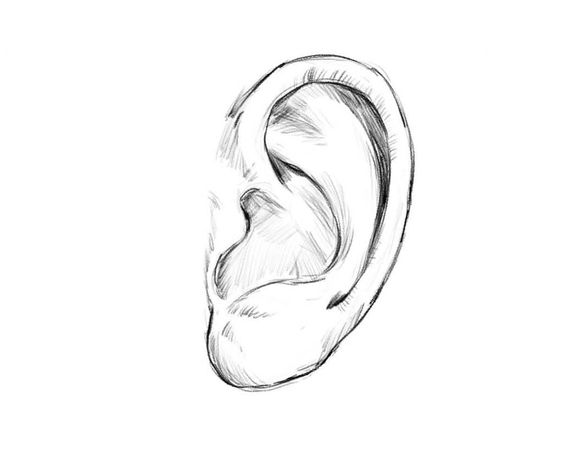
Credit: Toni Justamante Jacobs
3. Blend the tones and develop the lights and darks.
After the previous step, deepen the light and dark-shaded values using a blending stump. It’s worth noting that the ear is glossier than the rest of the face. So, erase overly shaded areas to portray bright, reflected light to make it more realistic. Shading the ear can be more nuanced than the other facial features, so pay special attention to the shadows in your reference image.
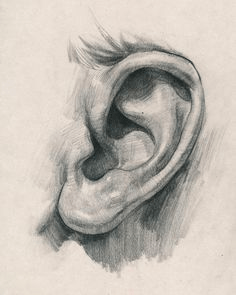
Credit: Proko
These guidelines can help you draw a human face with a good likeness to your model. In the beginning, you can do a simple line drawing using grids. It also helps to start with the eyes and then proceed to the nose and mouth. Most of the picture is carved by shading rather than blank white space or hard outlines. Even when drawing hair, use a range of light and dark values to create gradations and highlights. But first, always pick a good reference image.
Now that you’re ready grab a pencil and a piece of paper, get, set, and go!

